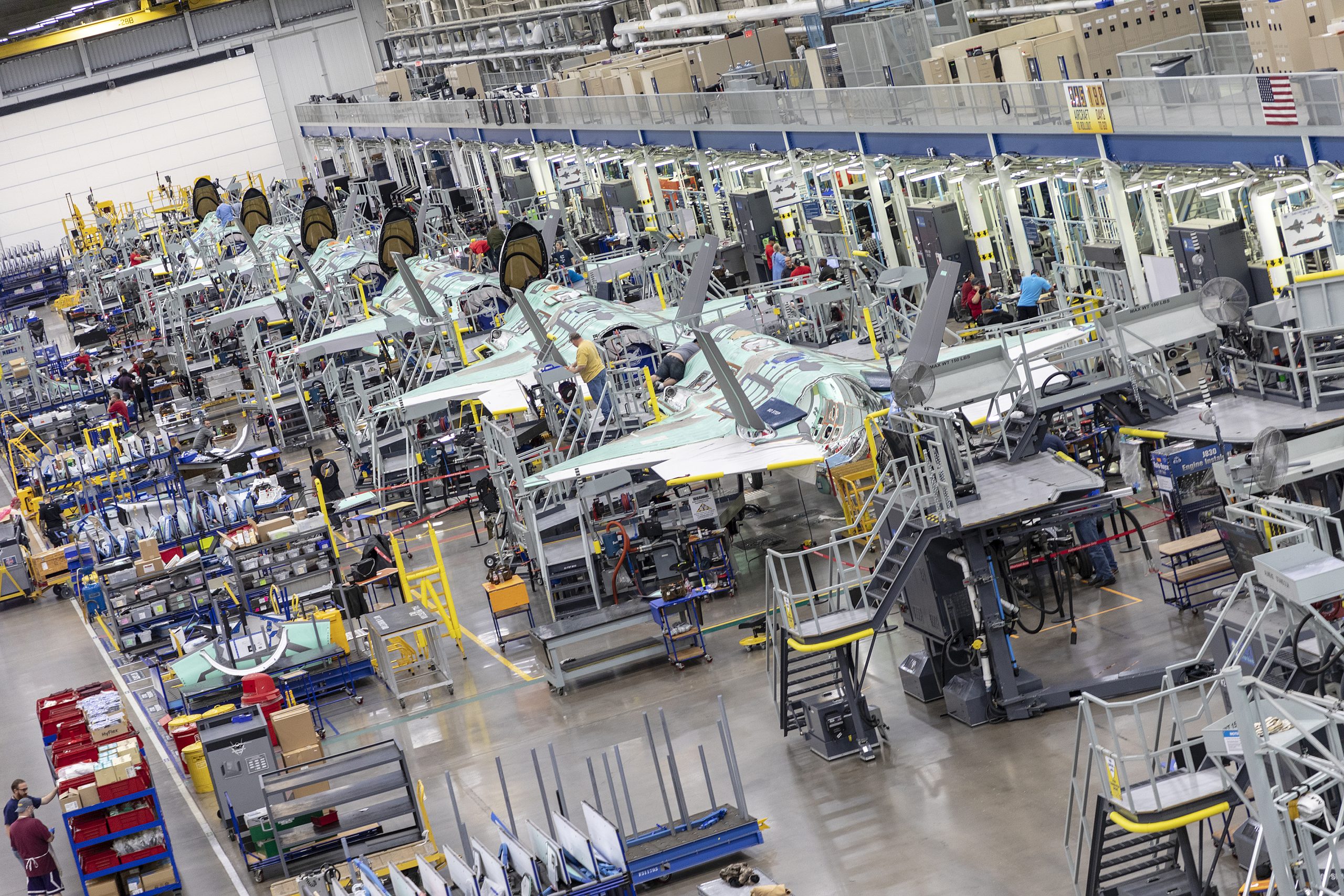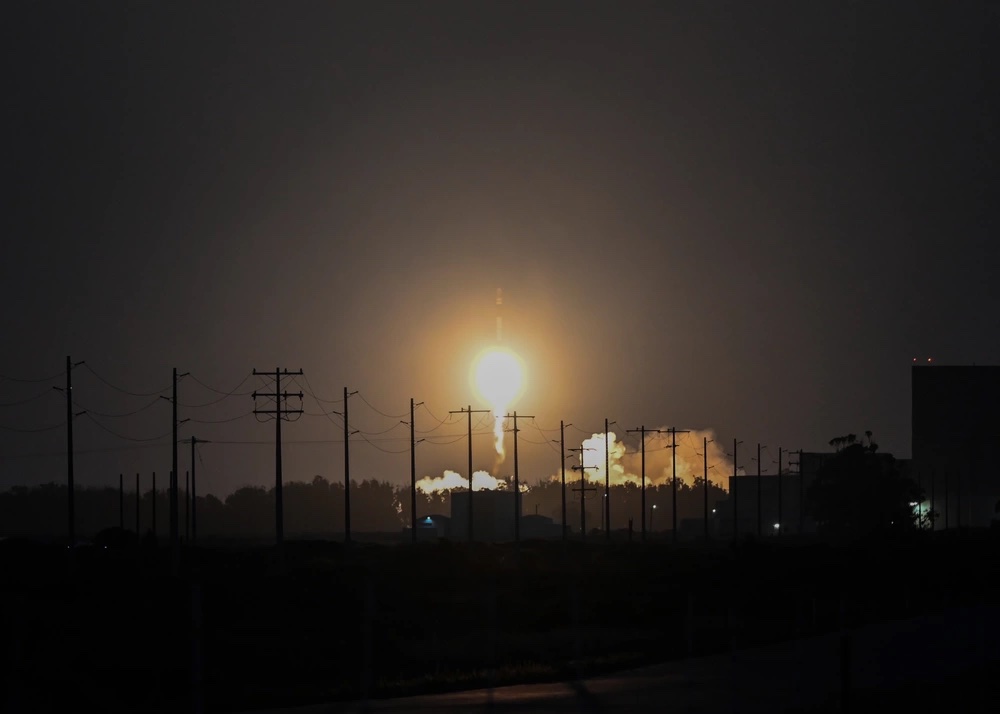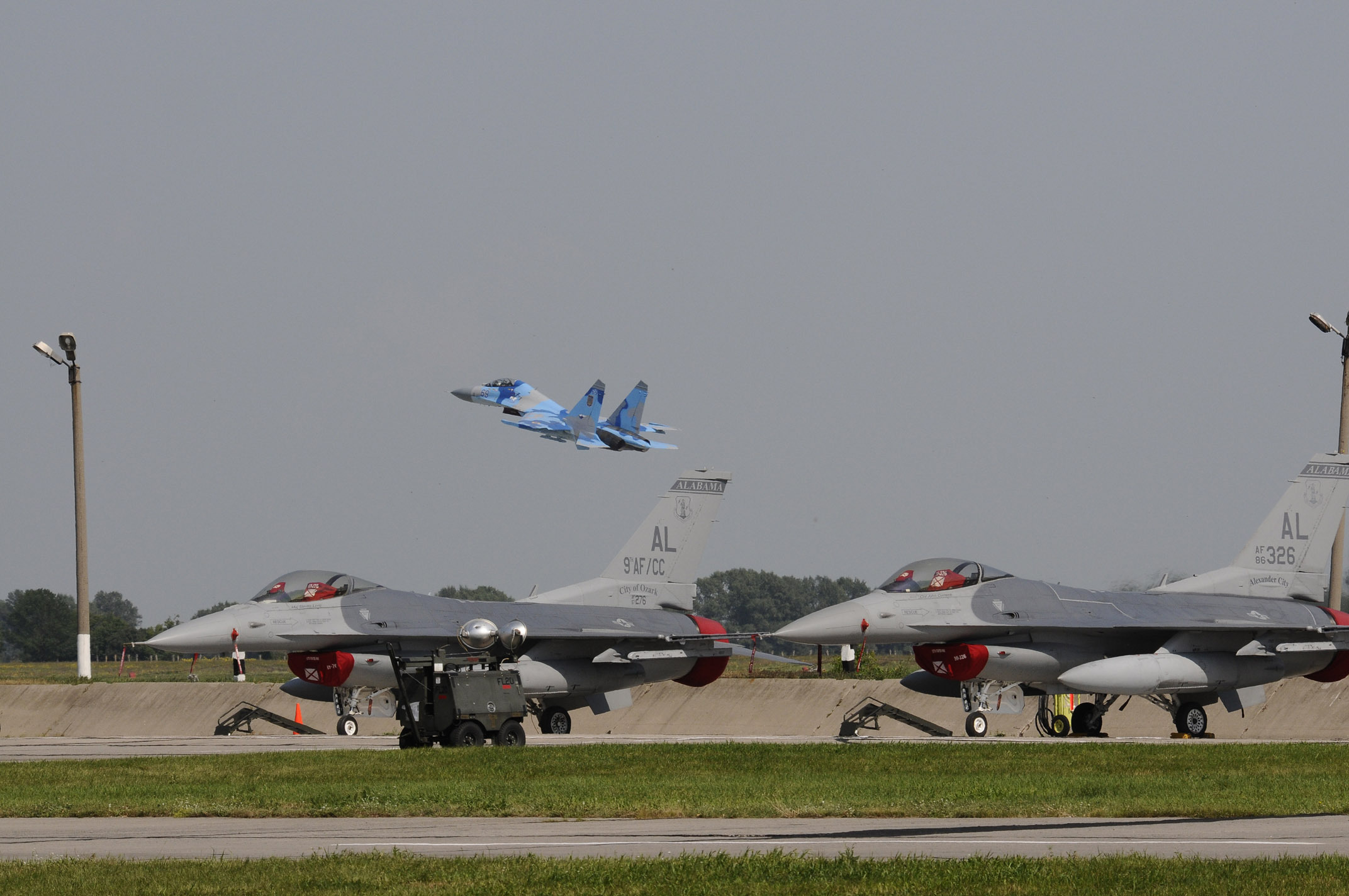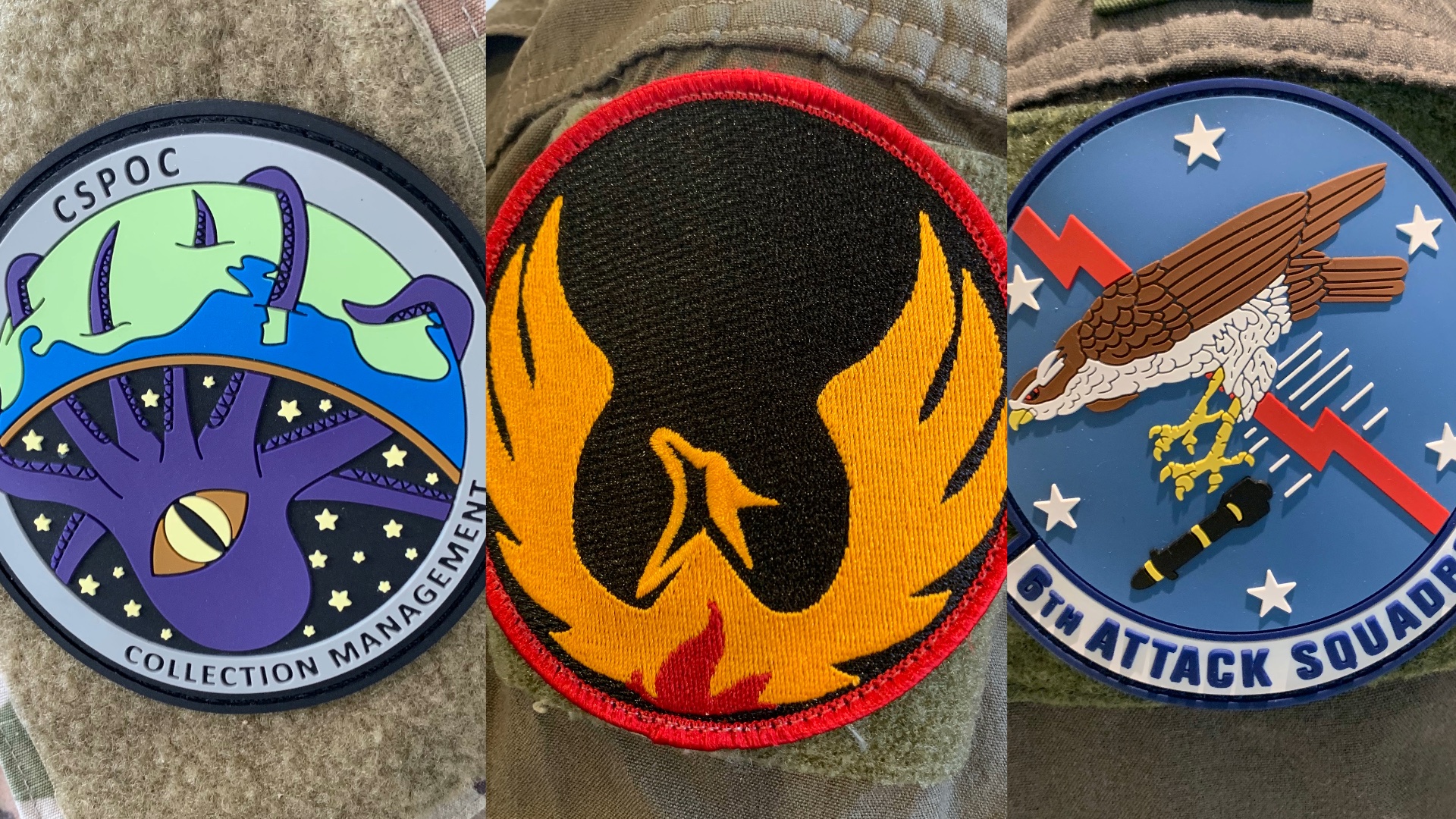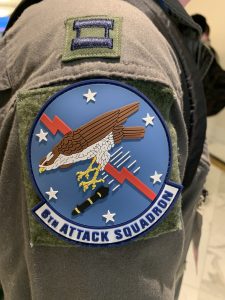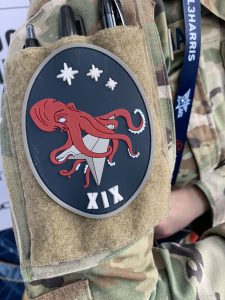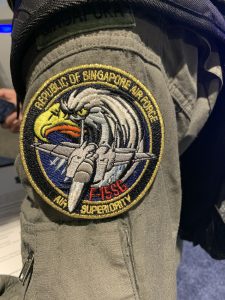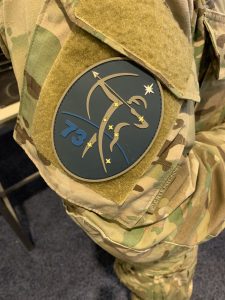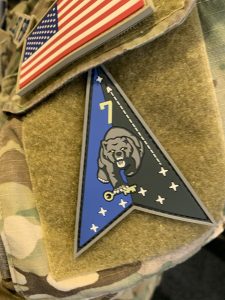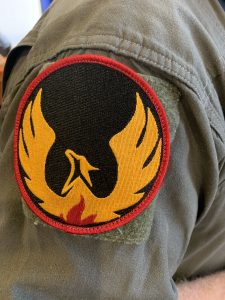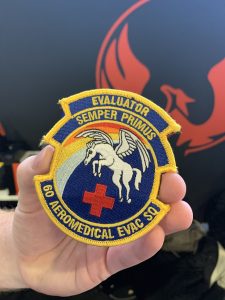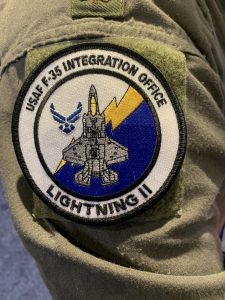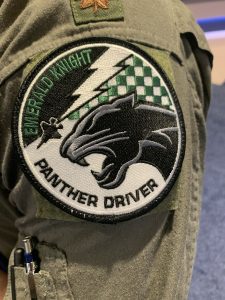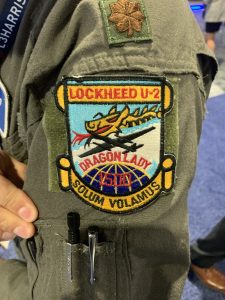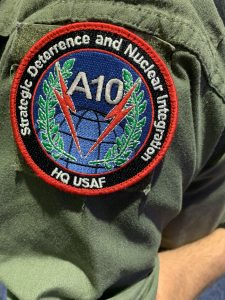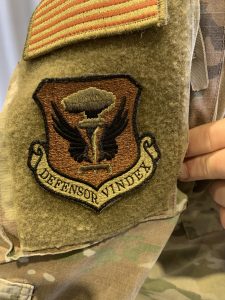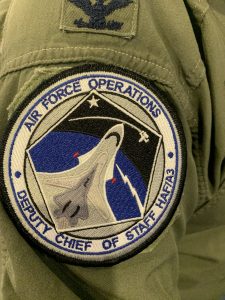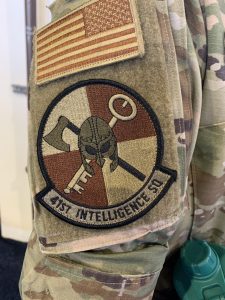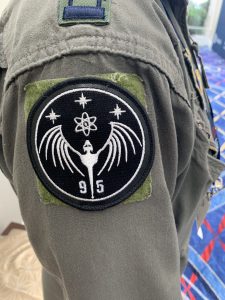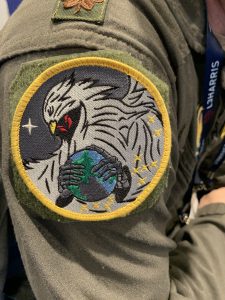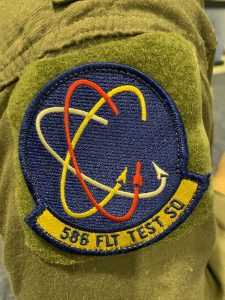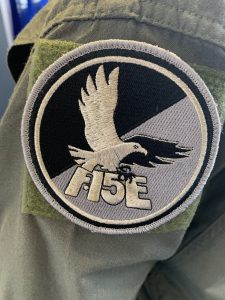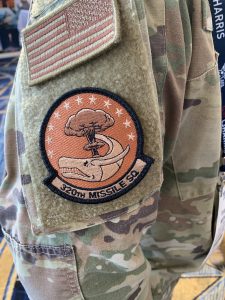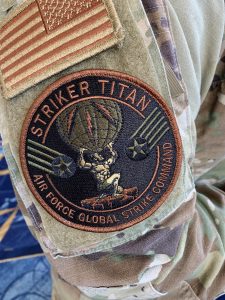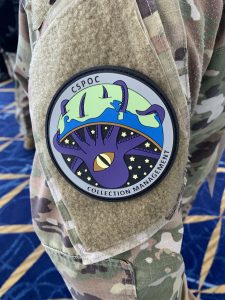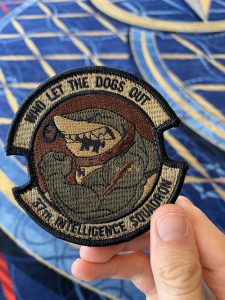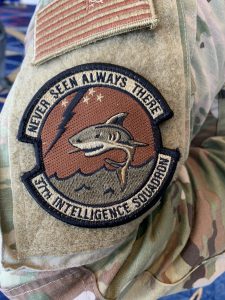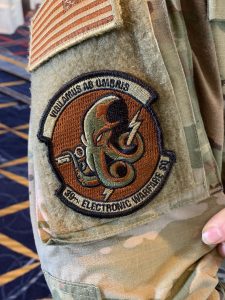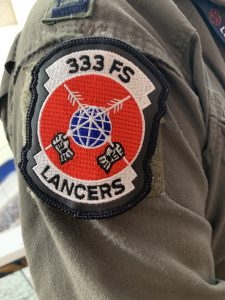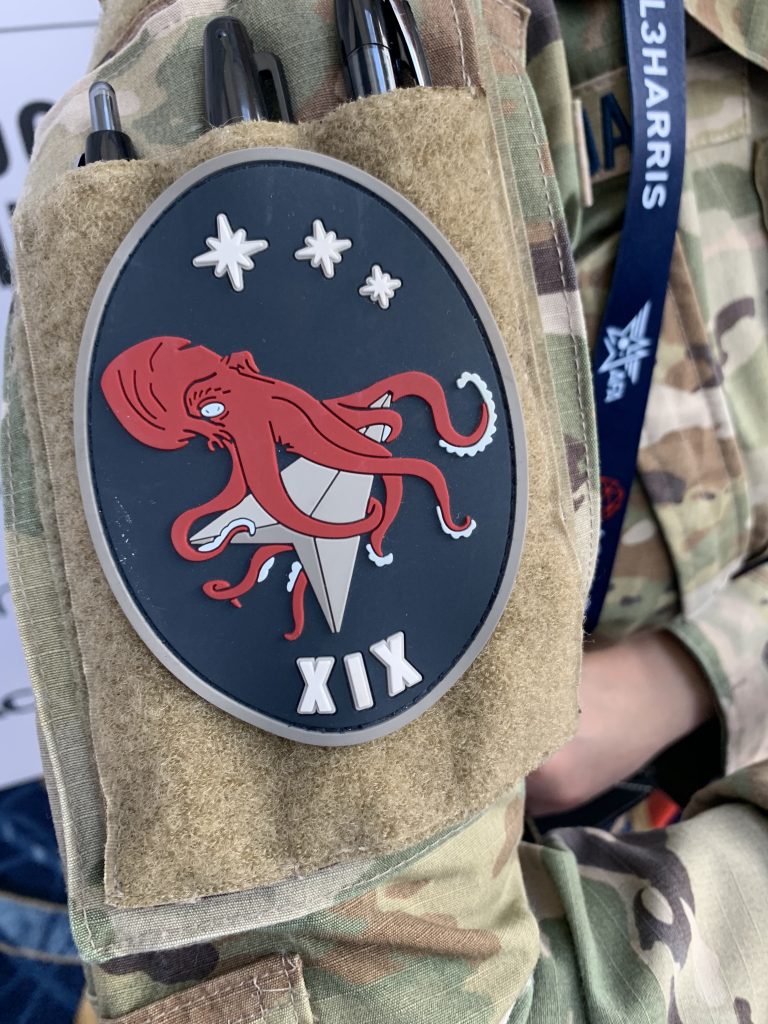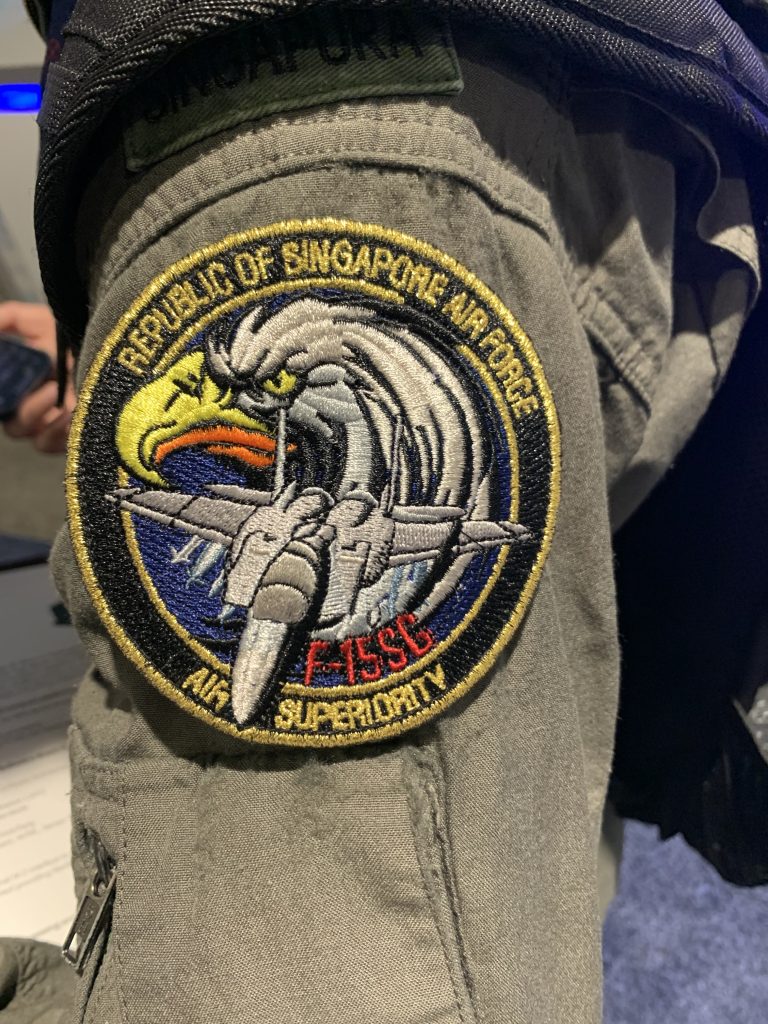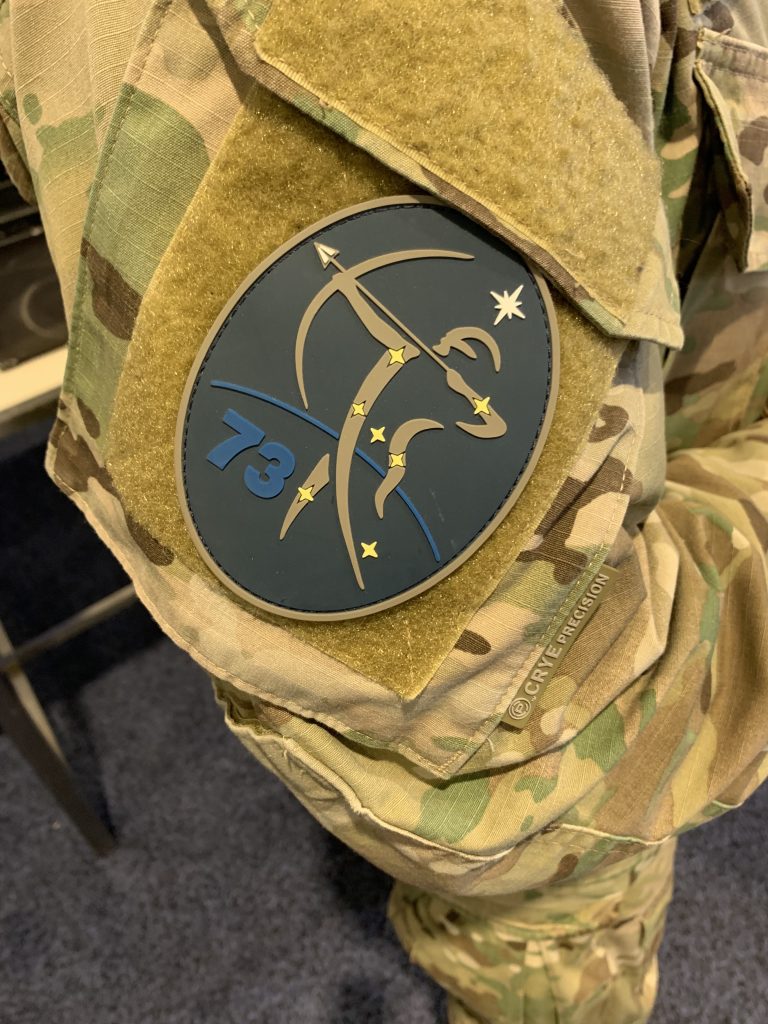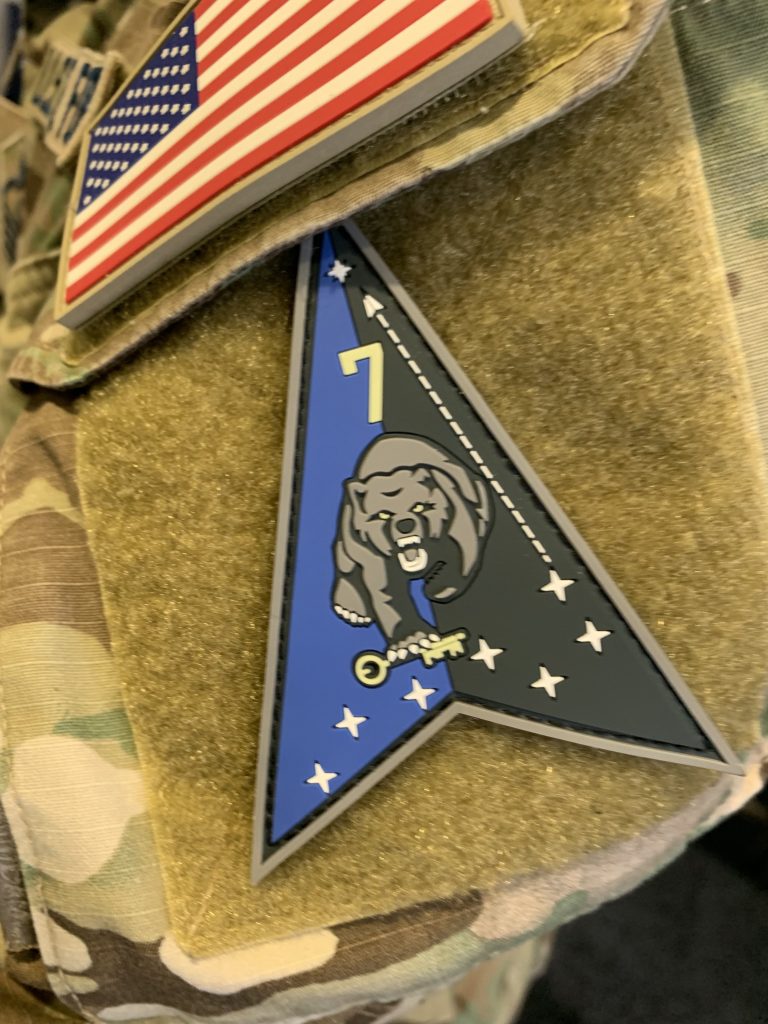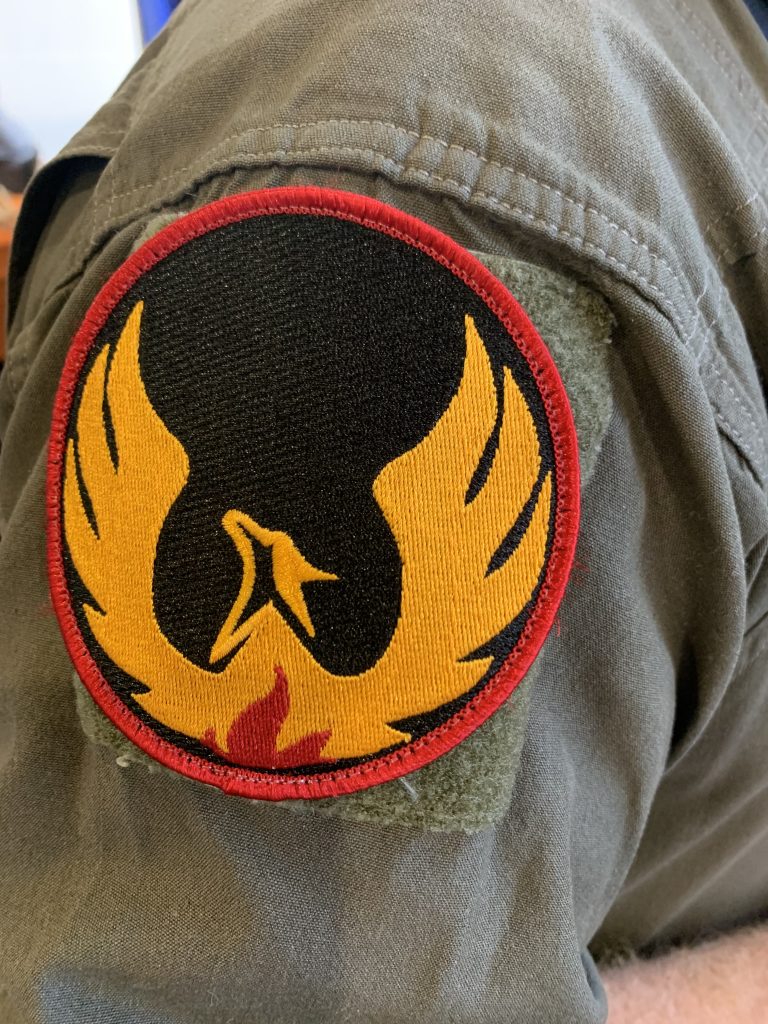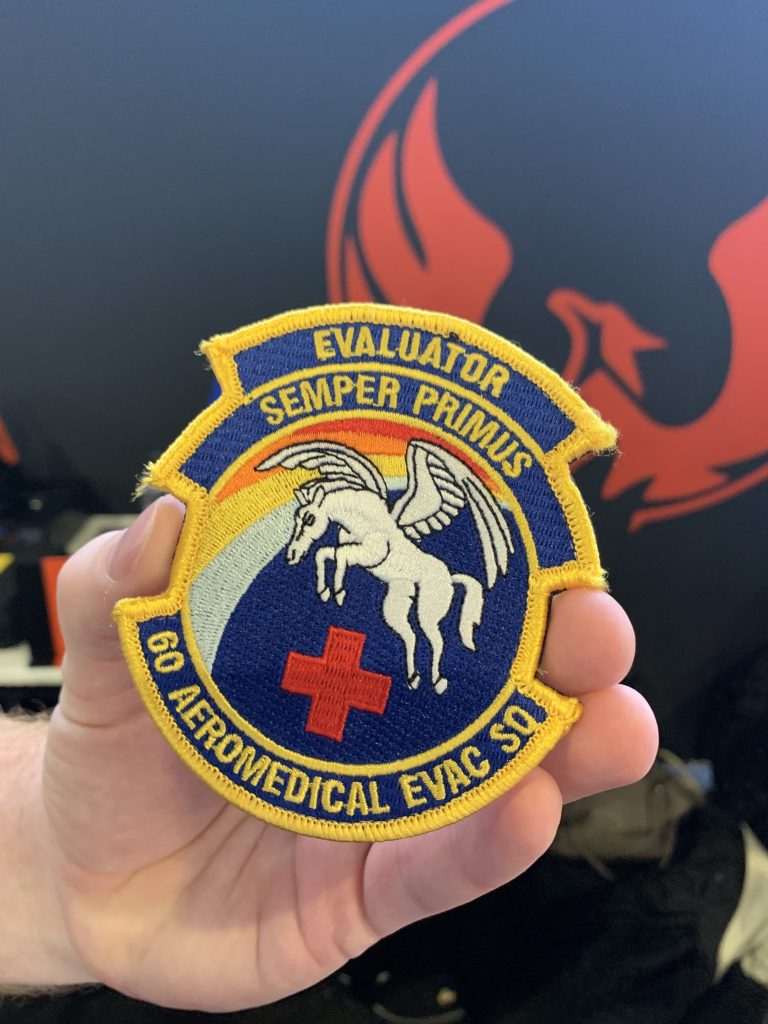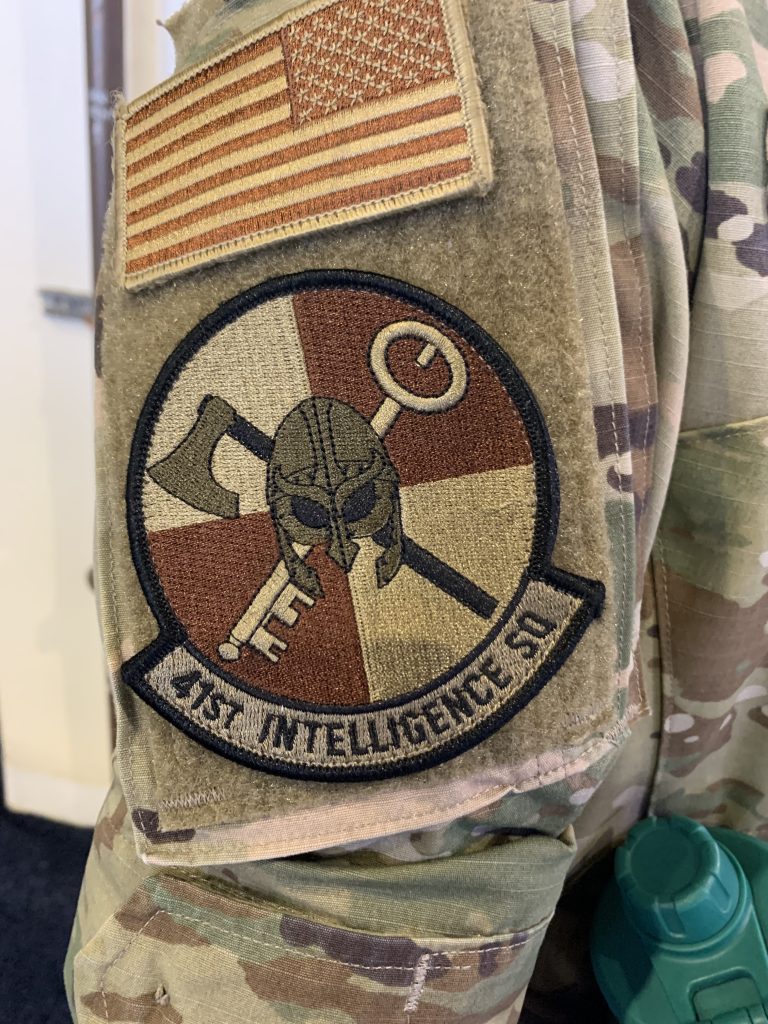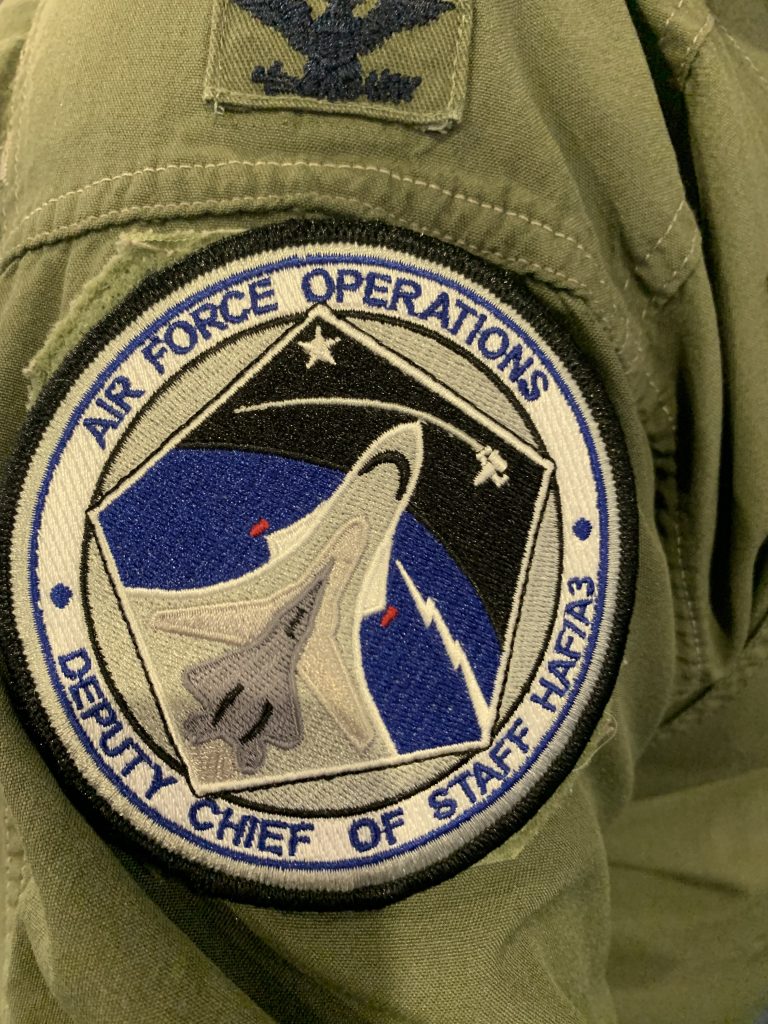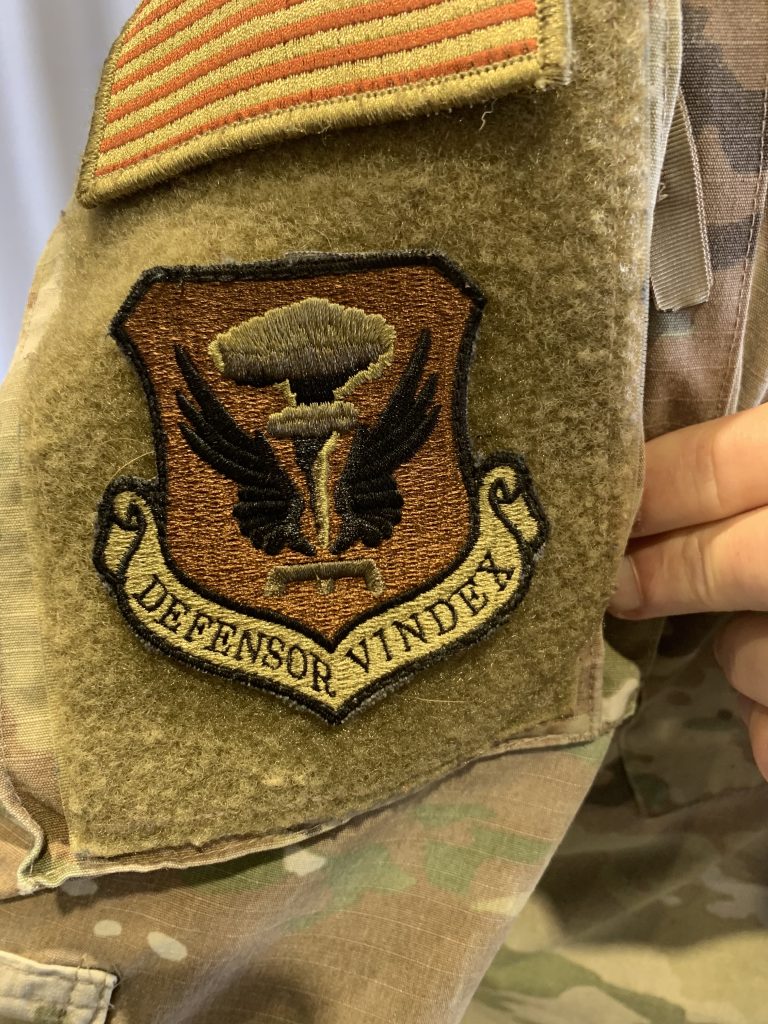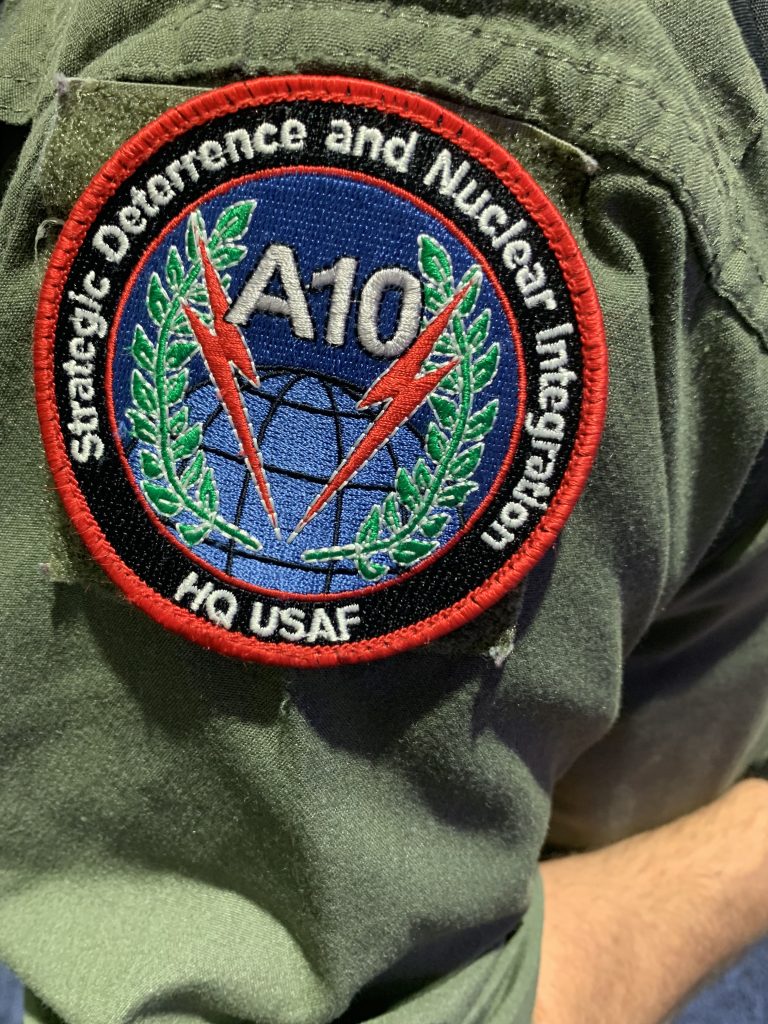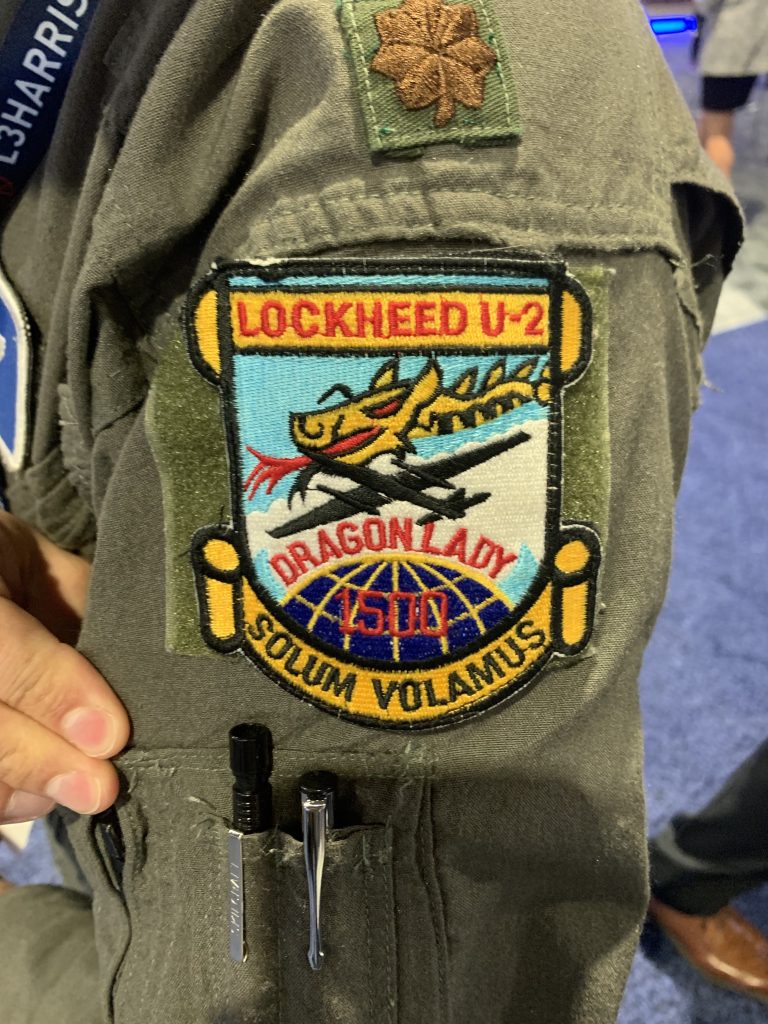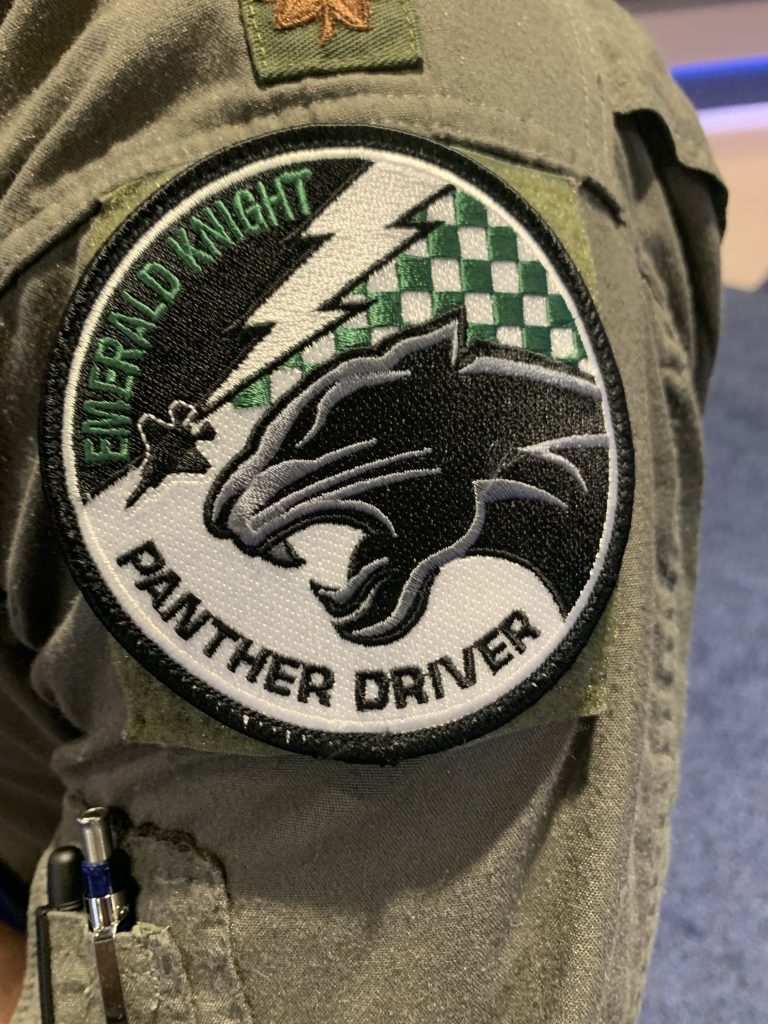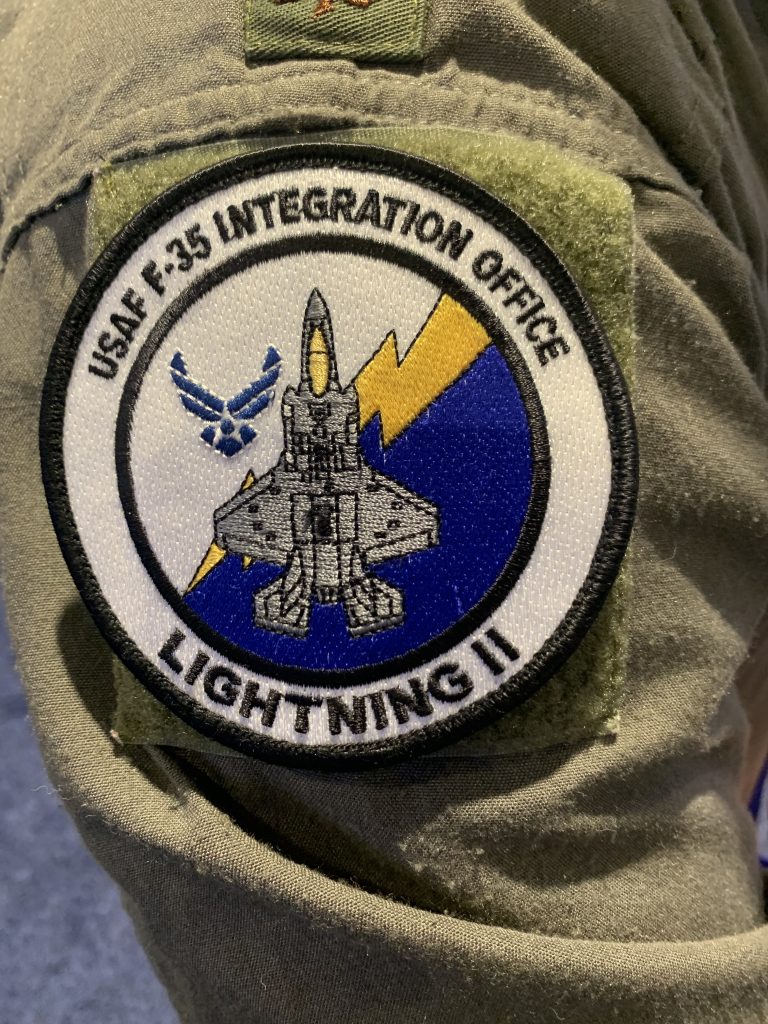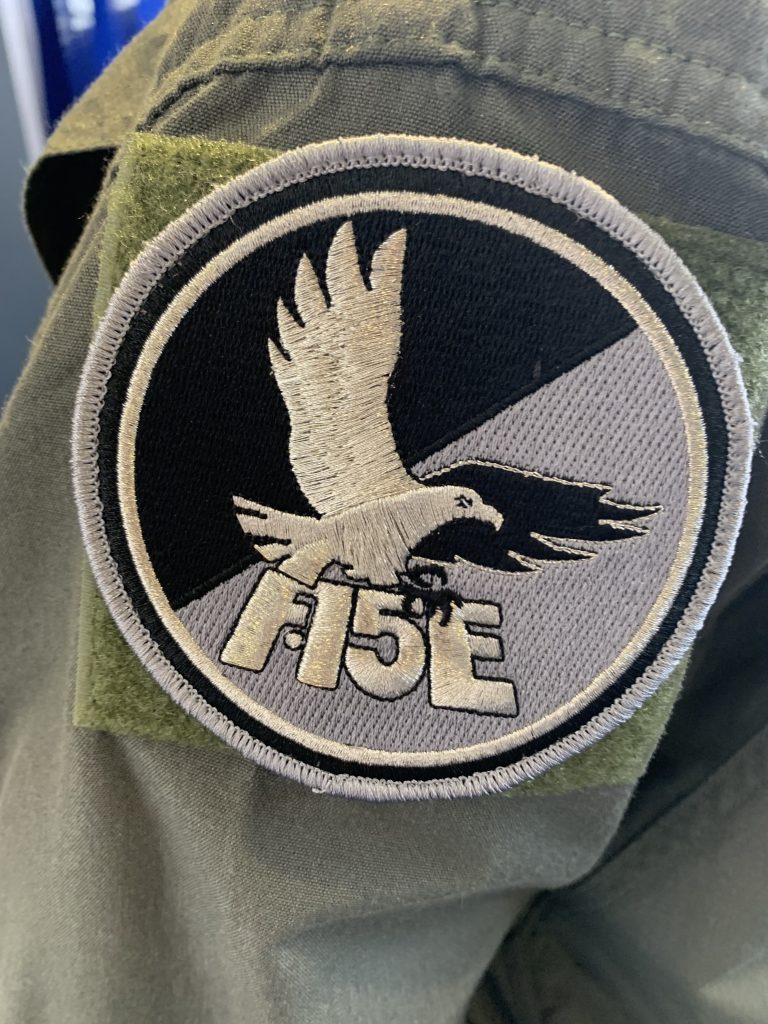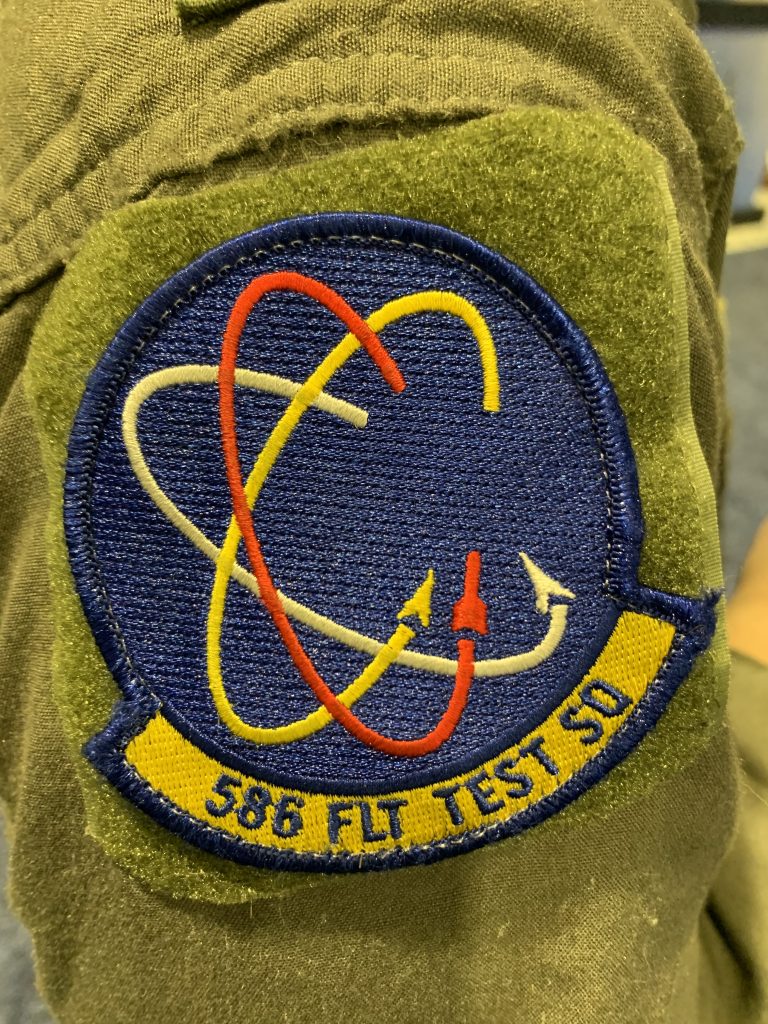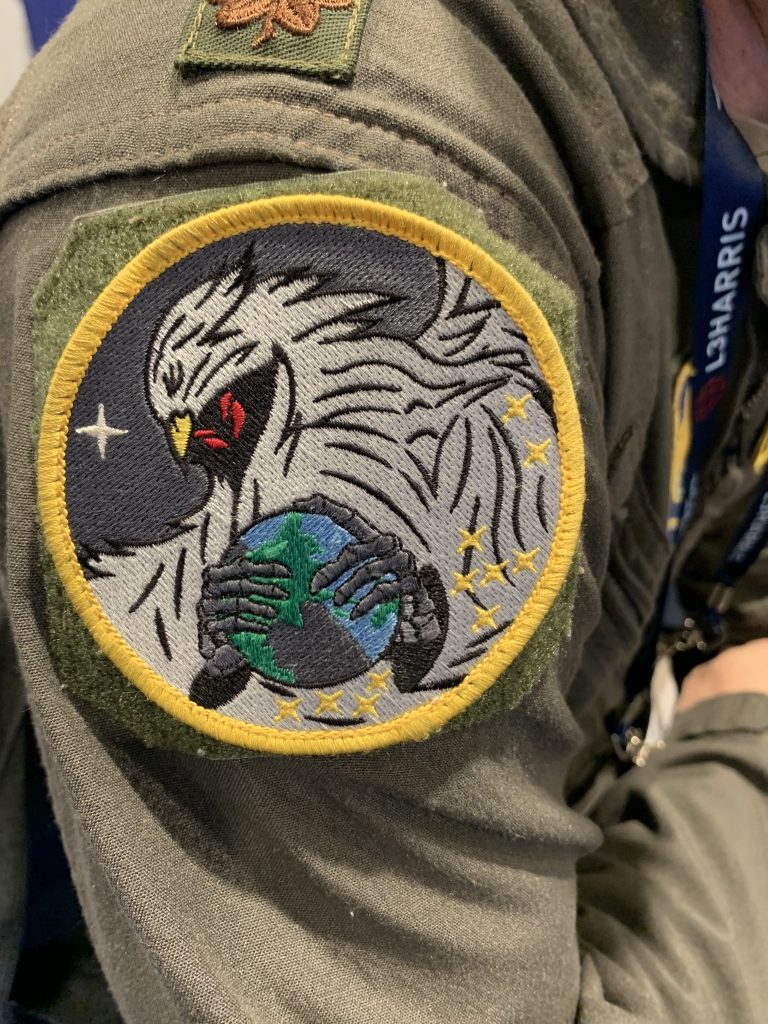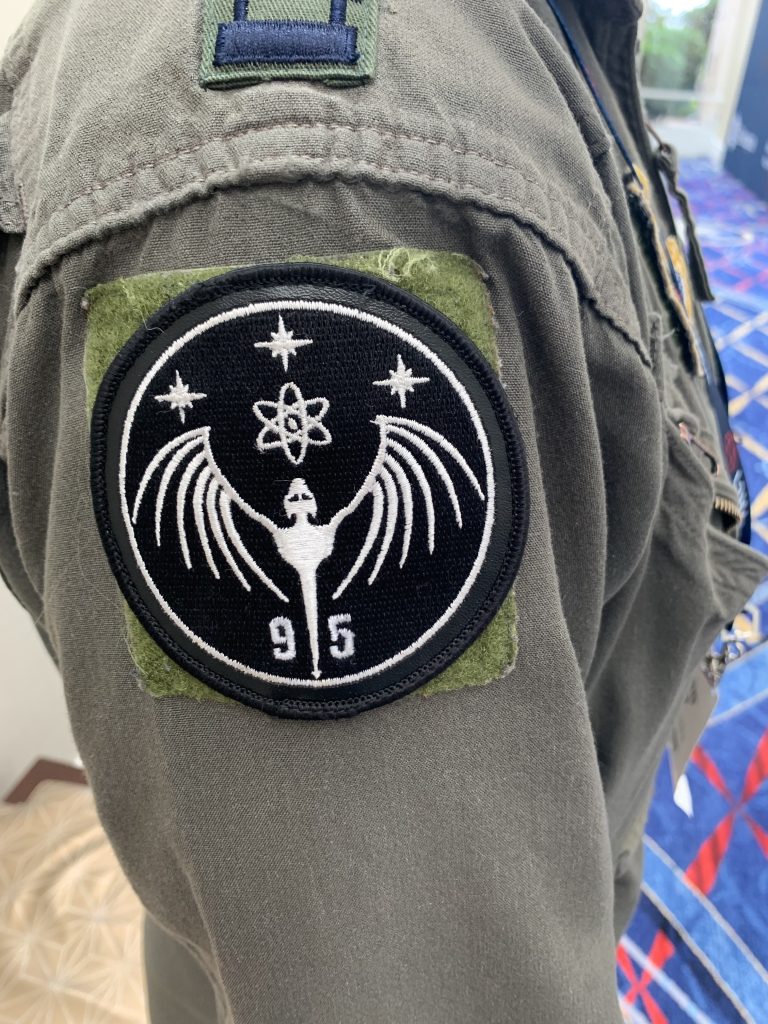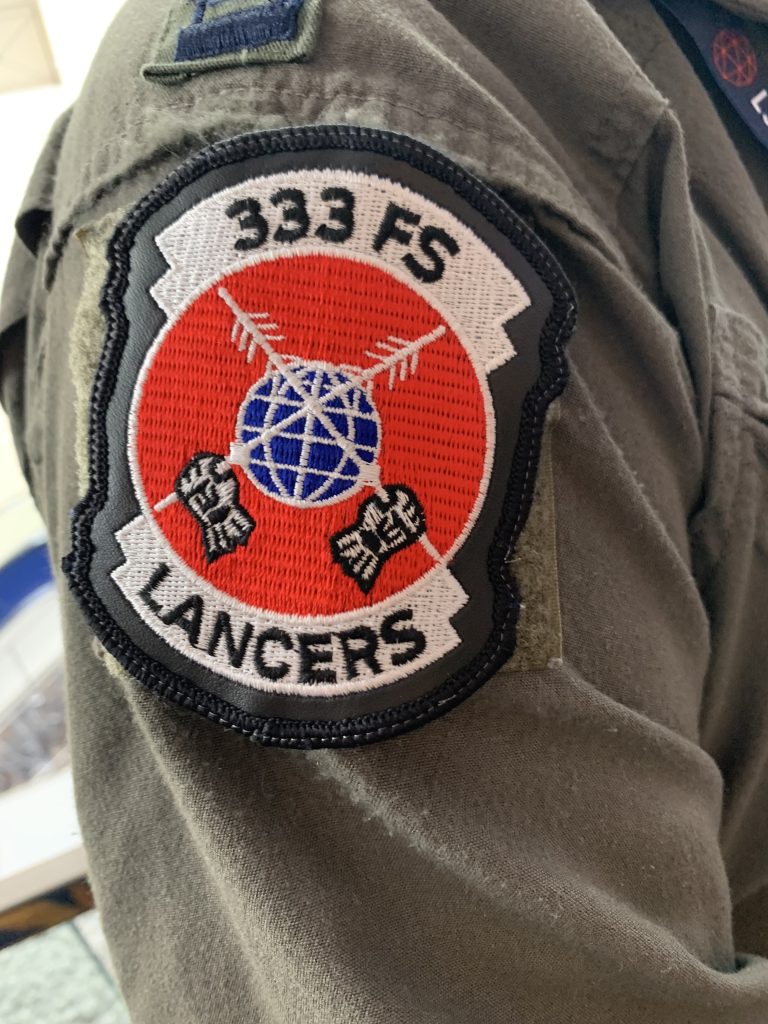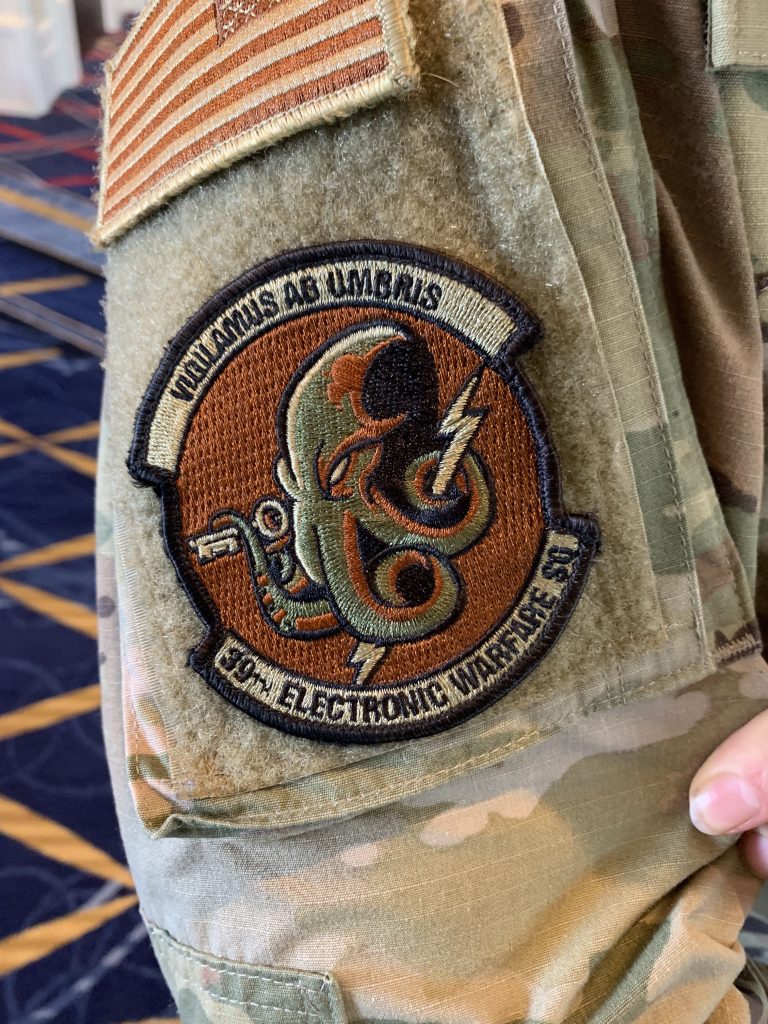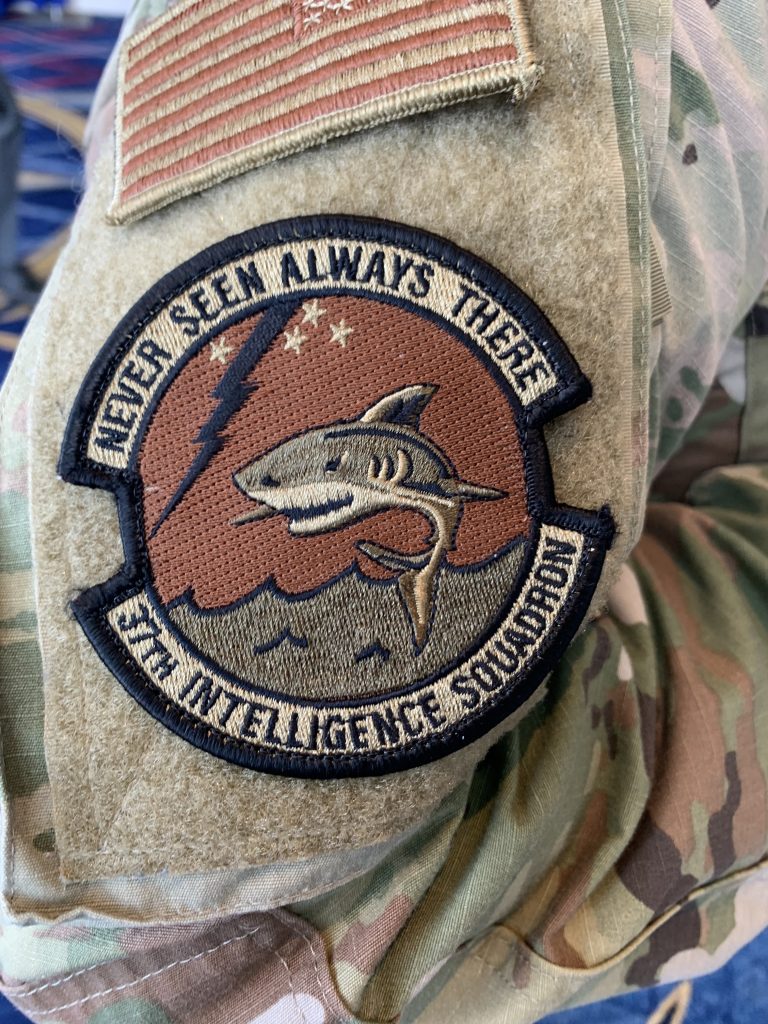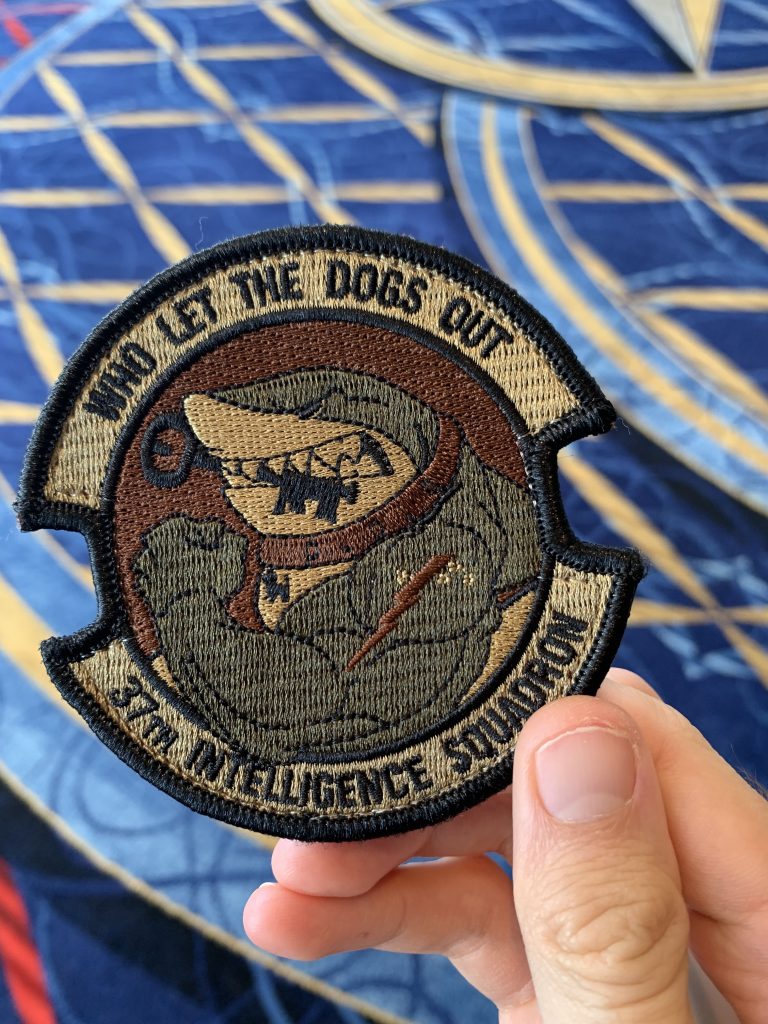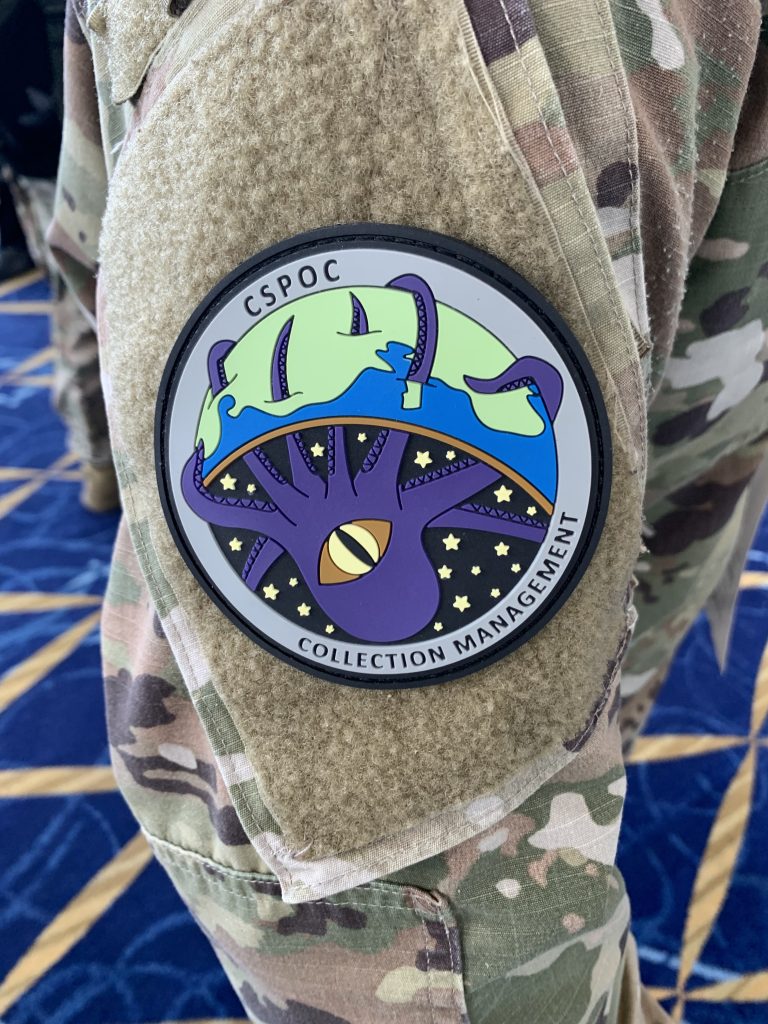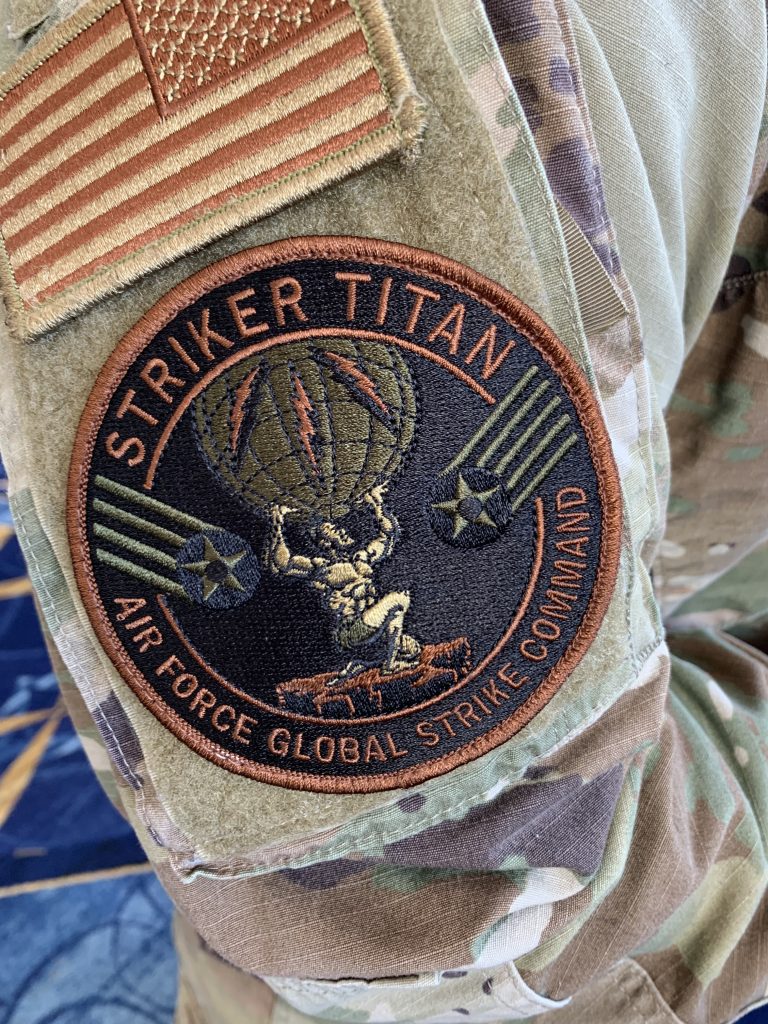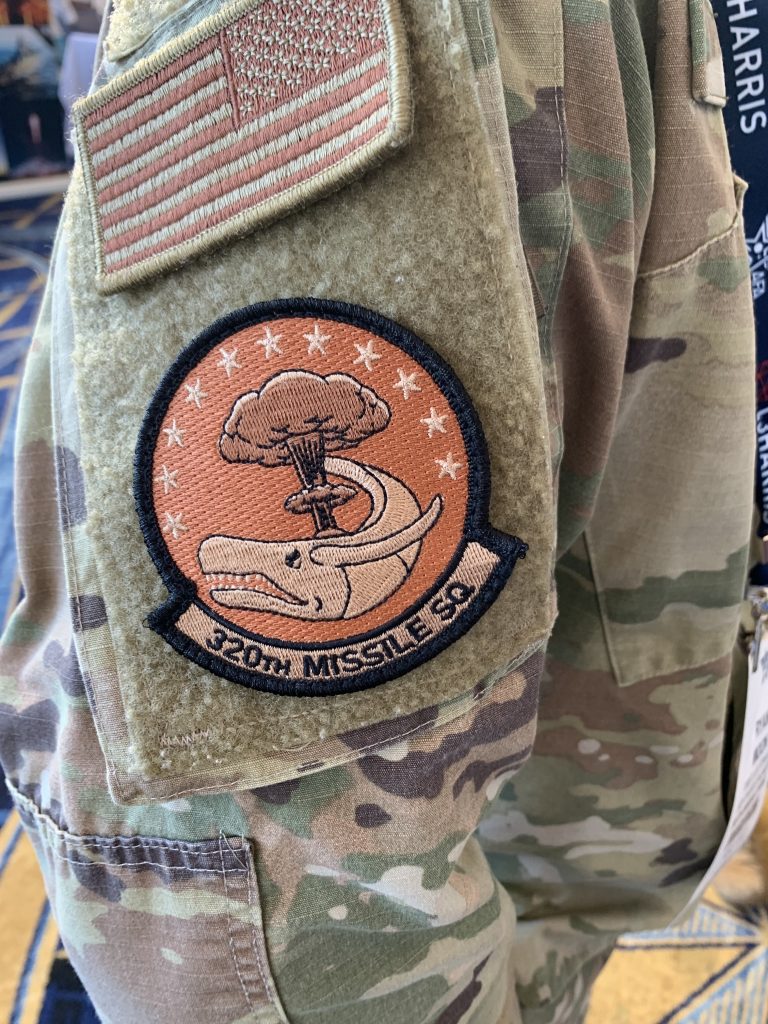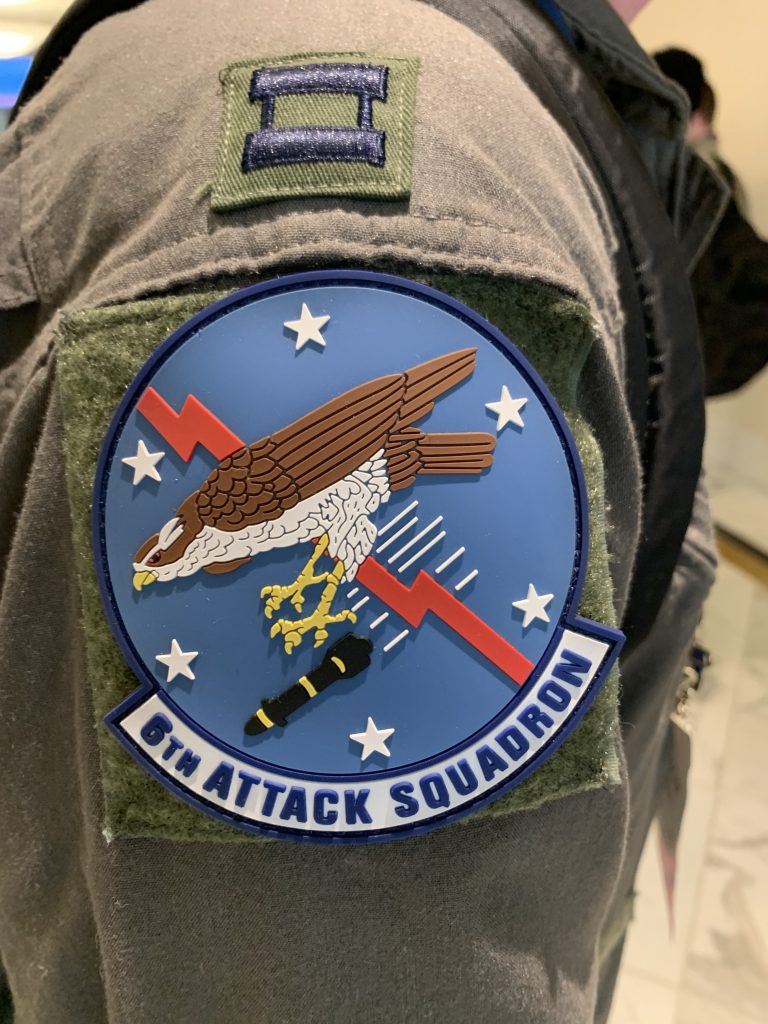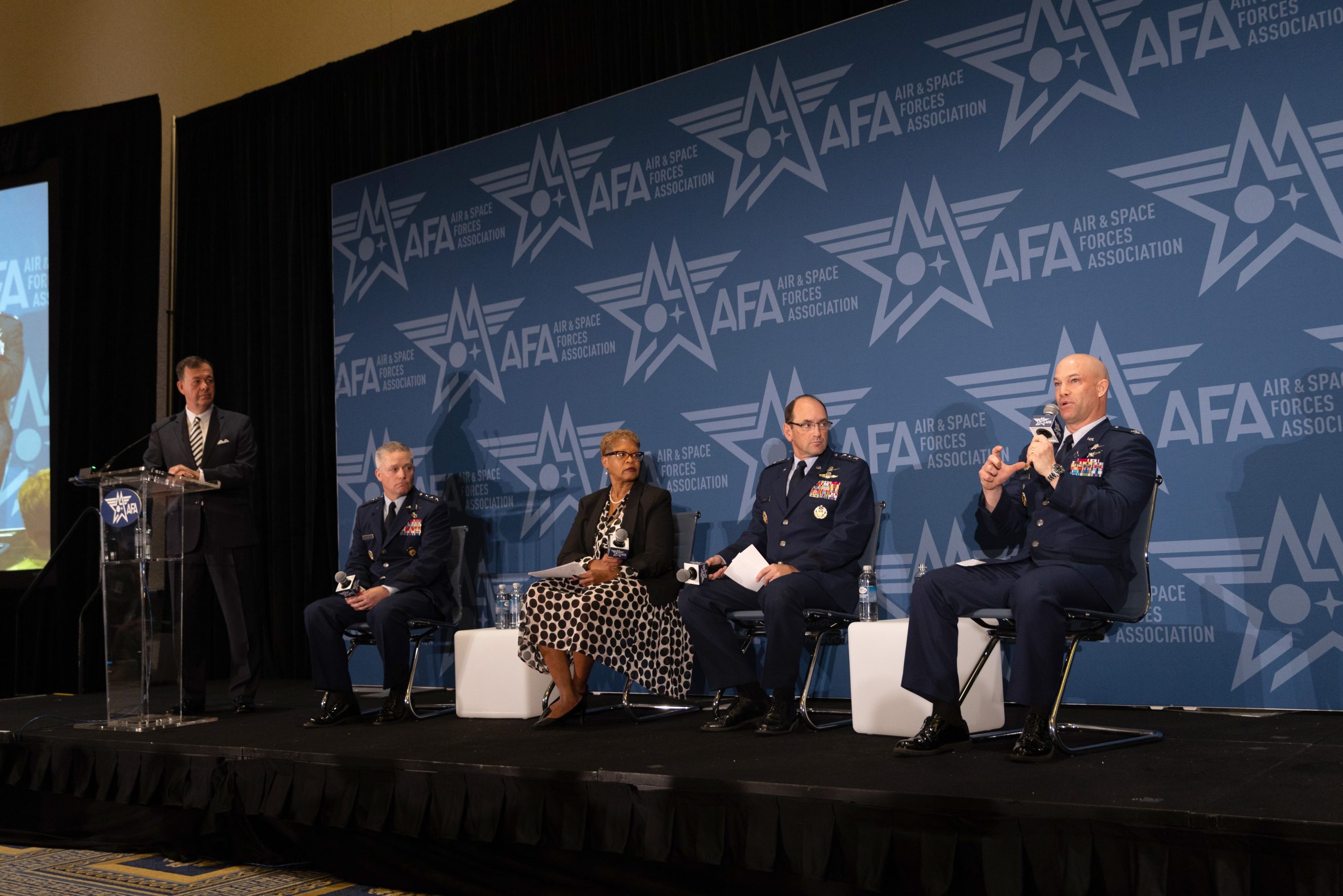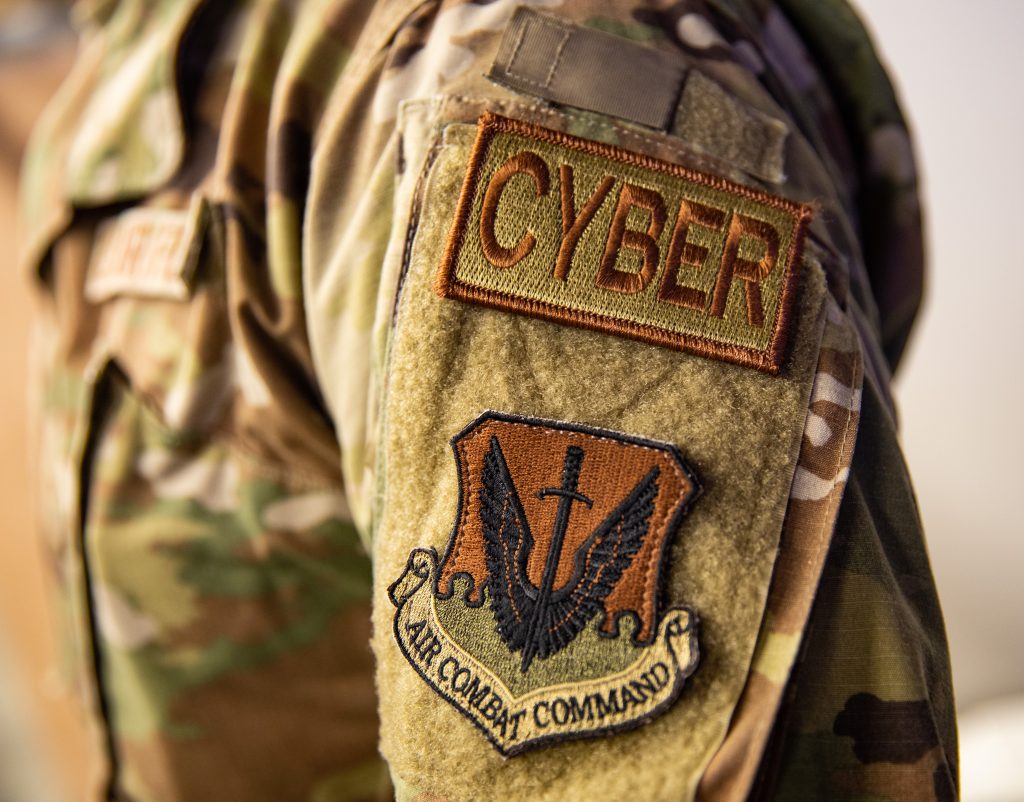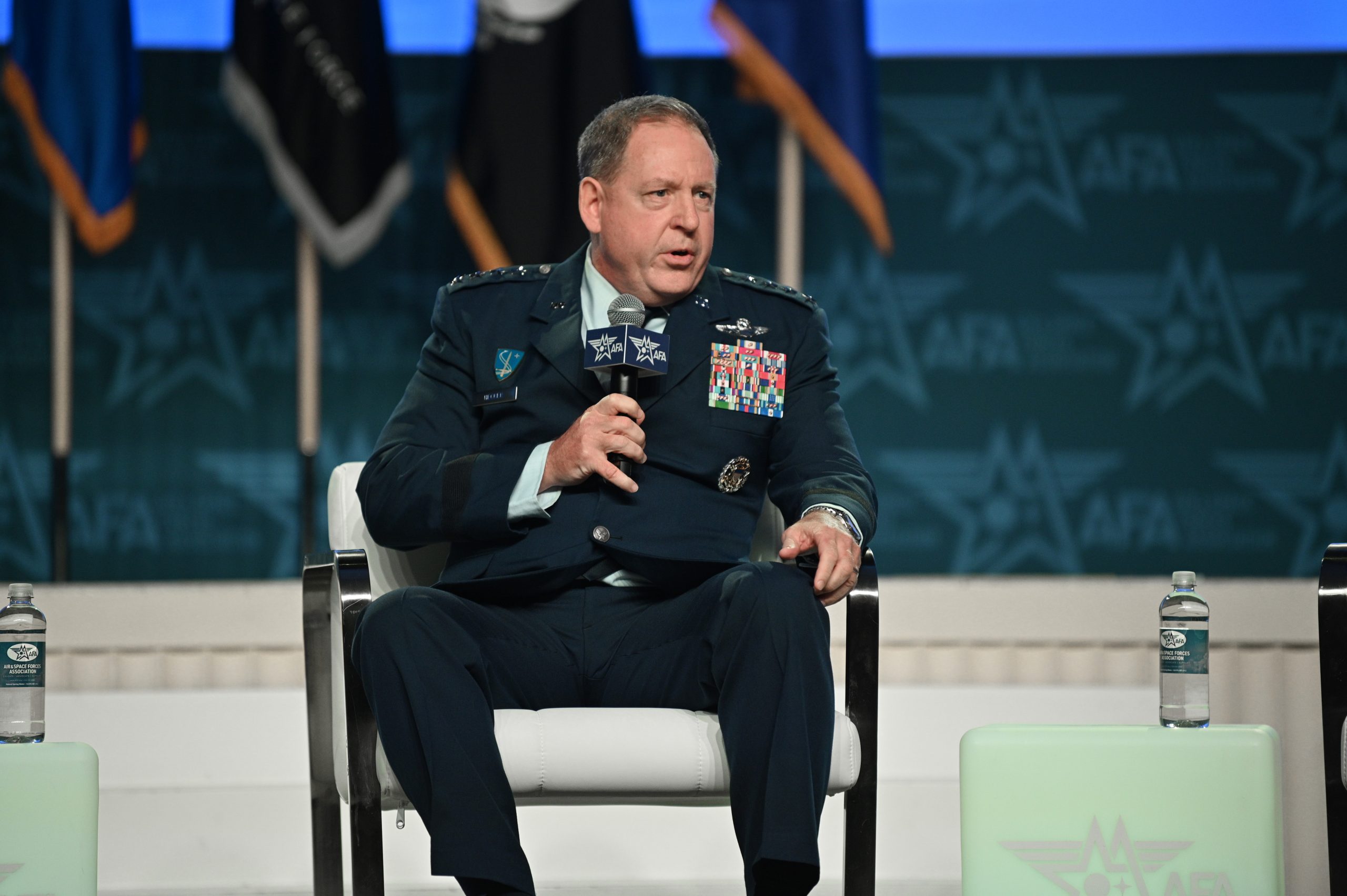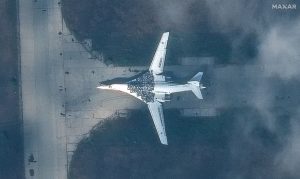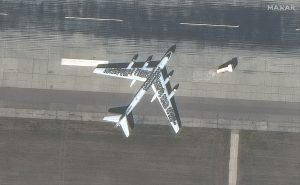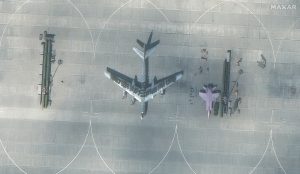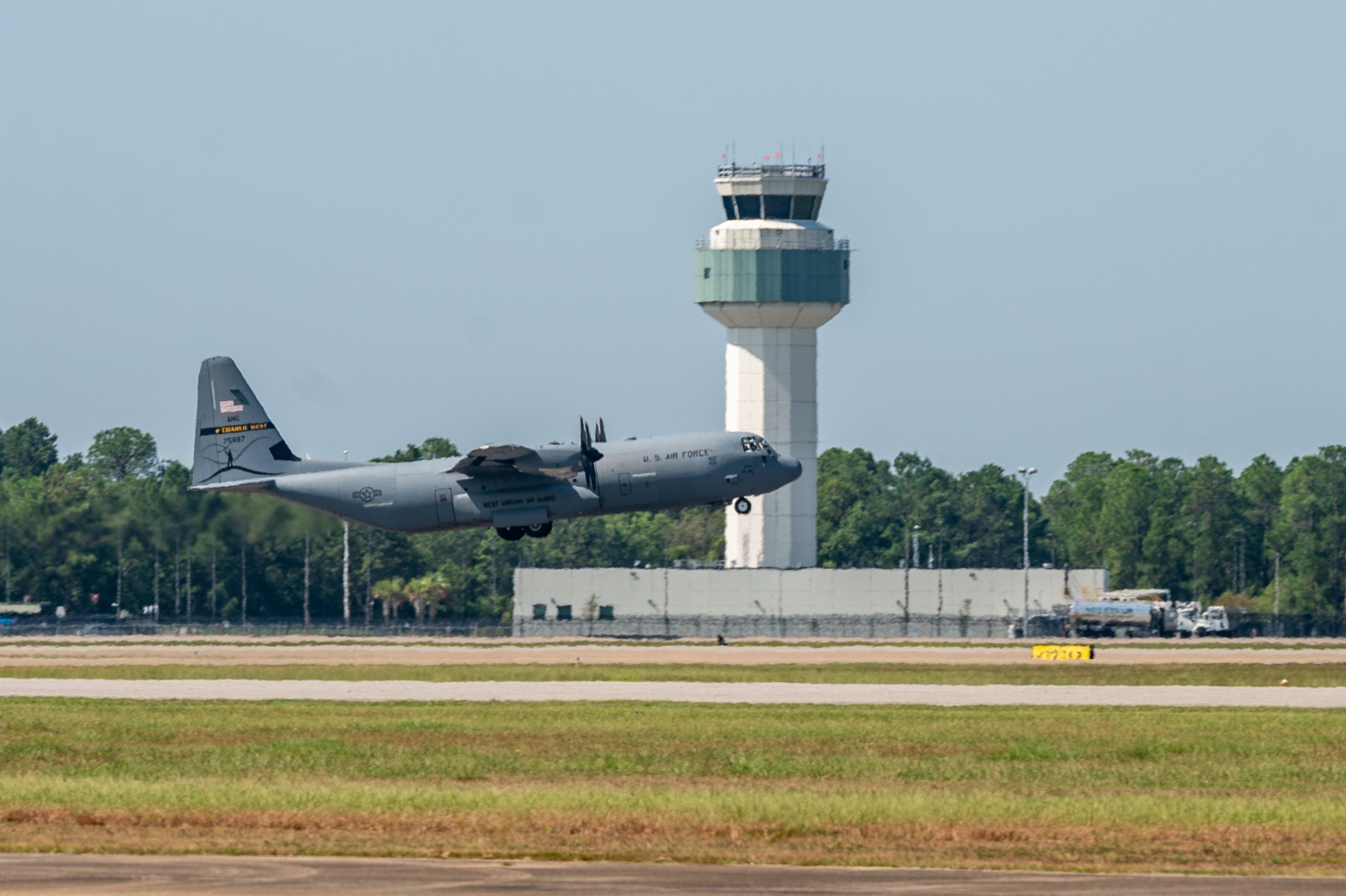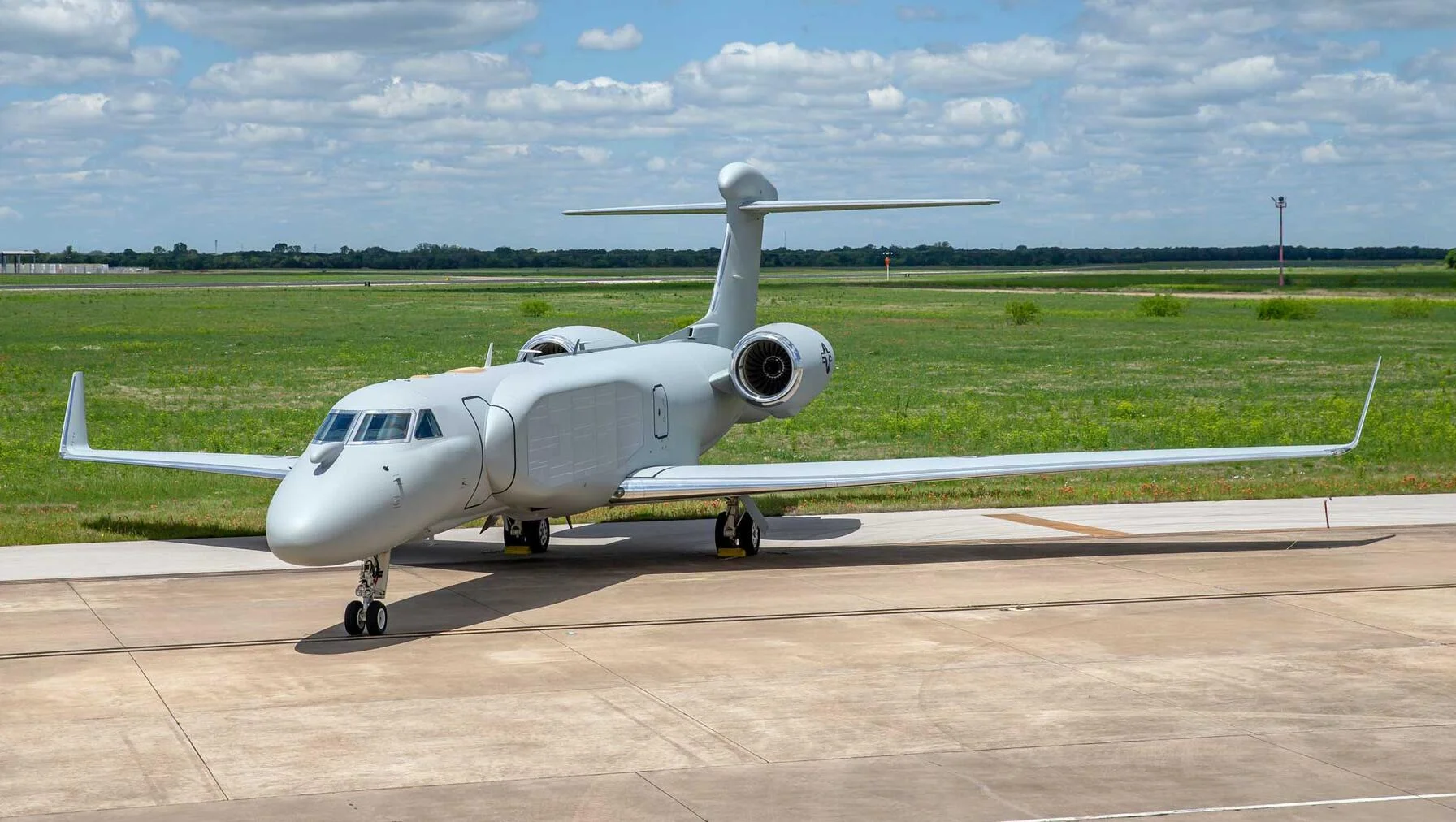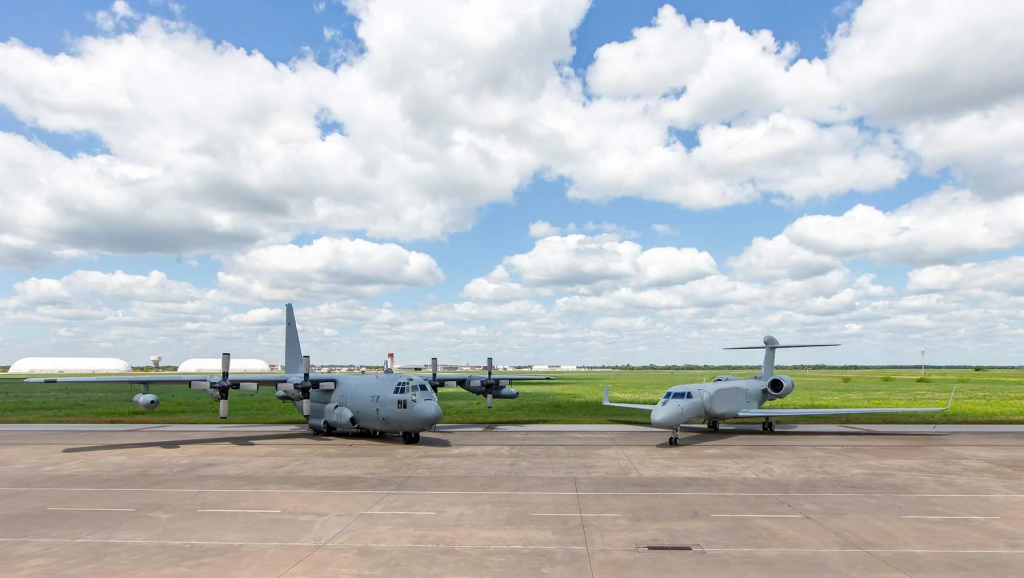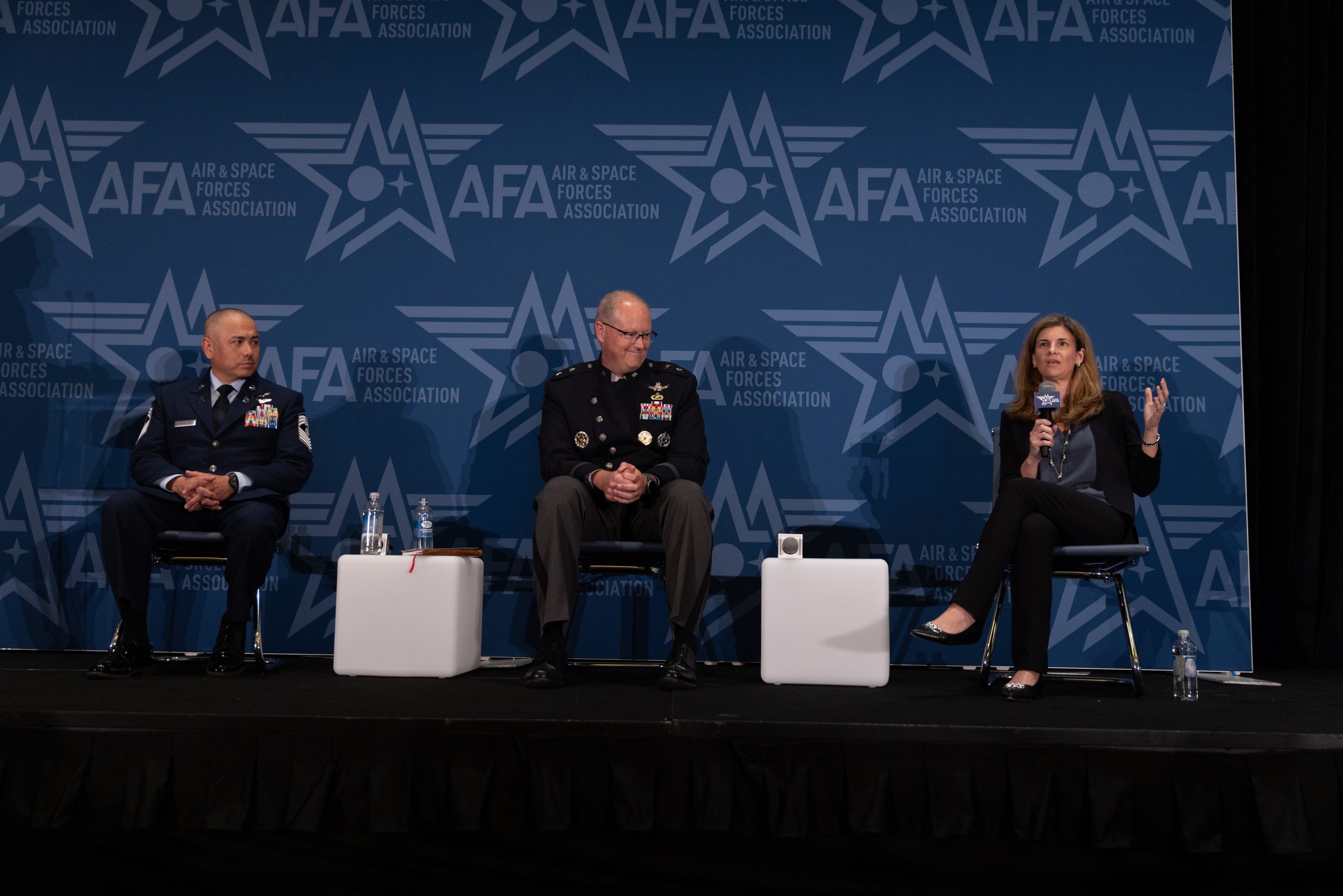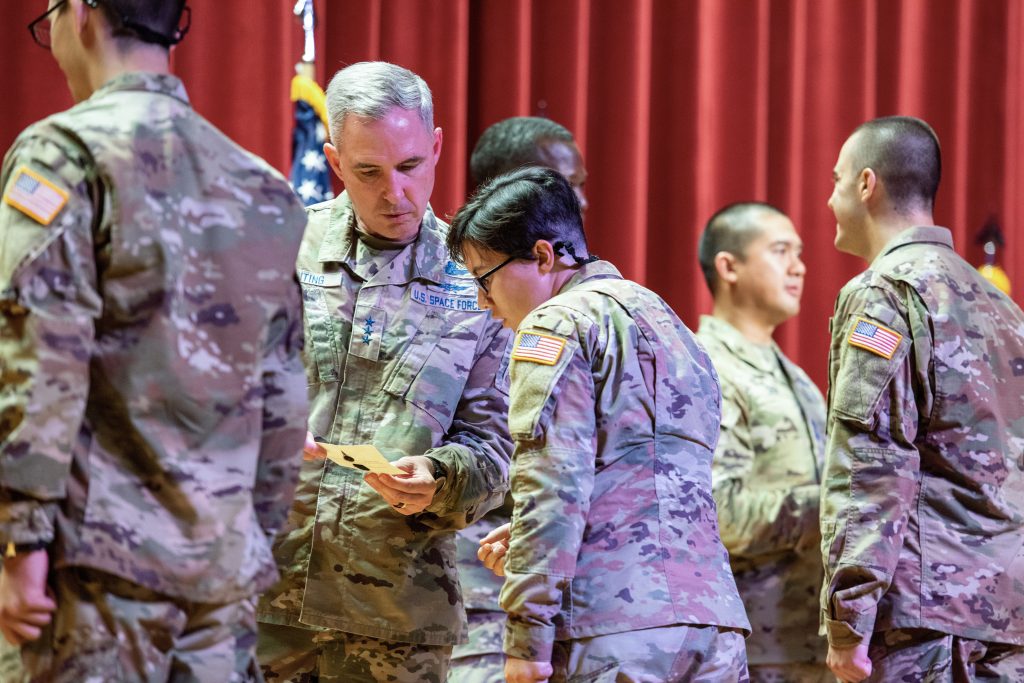Milestone C for the F-35 fighter—the point at which operational testing is complete and the Pentagon’s acquisition chief can greenlight “full rate” production—is likely to come in early 2024, Air Force Lt. Gen. Michael J. Schmidt, F-35 program executive officer, told Air & Space Forces Magazine in a recent interview.
But in many ways, “full rate” is moot, as the program is already producing at near its maximum capacity.
“I’m cautiously optimistic we’re going to get through it … early next year,” Schmidt said. “I had said I wanted it done by December. I think the [Initial Operational Test and Evaluation] will be done by then.”
But “there’s a lot of cost estimating” that also has to happen, he added.
A major hangup in finishing IOT&E—and the System Design and Development phase, which has been underway for more than 20 years—is integrating the F-35 with the Joint Simulation Environment. That effort is progressing apace, Schmidt said, and he offered praise to Naval Air Systems Command, which is in charge of it.
The JSE is a kind of wargaming model that calculates how a particular platform—in this case, the F-35—will fare in an all-up war against a peer adversary, and how tweaking the numbers of platforms will affect the outcome of a campaign, in search of a “sweet spot” mix of platforms, munitions, and other capabilities. The JSE was identified as the last big hurdle to achieve Milestone C—and was a late add to the program—several years ago.
The JSE integration “is going really well, so far,” he said.
Additionally, there needs to be new cost estimates, Schmidt said. Generating a new program cost estimate is a challenge because the JPO has to predict “development, production, sustainment across the board through 2088,” he said; the F-35 is the only program out of “hundreds” he’s ever worked on that has to predict upgrades, inflation, and operating costs through the last item’s retirement date.
Included are “estimates for development in the 2050s and … all this sustainment” and “things you haven’t thought of yet—future programs that have not yet been appropriated or started,” he said.
That cost estimate will be available when the Pentagon releases its program Selected Acquisition Reports this fall.
“When people talk about the very big numbers in this program, those are the big numbers that they’re talking about,” Schmidt said, and why the F-35 is derided as being so costly. No other program has had to project lifecycle costs that far into the future, which is inherently uncertain.
Schmidt observed that in attempting to finish the System Design and Development phase, the F-35 program office has been “spending human resources—tons of human resources—looking backwards, focusing on that process to close out SDD, versus looking forward to all of the things that we need to do in this program.”
That, he said, imposes a demand on limited numbers of personnel, who have to look “in the wrong direction. It’s not that it’s not important that we close it out; we do have to close it out. But it … doesn’t add a lot for this program,” said Schmidt
Once SDD is wrapped up, it will free up people and resources, Schmidt noted. The JSE is “operating at an old version of our operational flight program software, because it has to meet the criteria for IOT&E,” Schmidt said. “As soon as we get done with the IOT&E testing in support of Milestone C, we are going to focus Lockheed and the JSE team on getting that software up to the latest software that the jet has. So that is one huge advantage of getting through Milestone C and, and the full rate production decision.”
The software being evaluated for Milestone C “doesn’t take into account the current version of software that is flying in the jets around the world today. But the sooner we get to that, the better,” Schmidt said.
Asked if declaring the F-35 ready for full-rate production is effectively moot, since the fighter is already being produced at near its maximum rate, Schmidt acknowledged that “we’re already at a rate of 156-ish a year. We haven’t built that many yet [in a year], but that’s the rate that we’re at contractually.
“So I agree.”
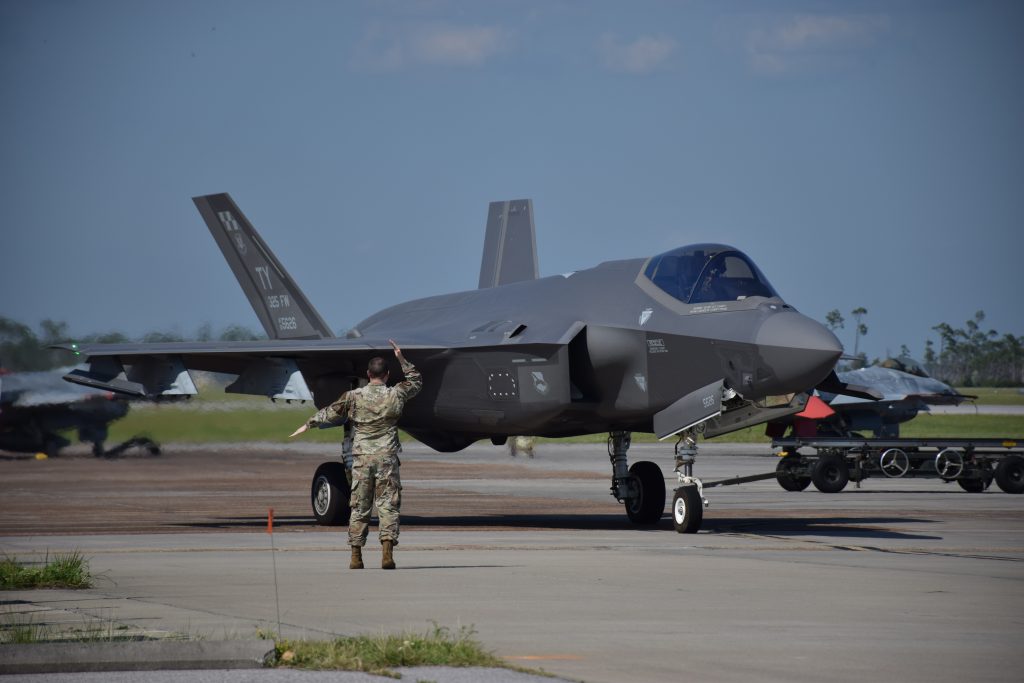
The goal for the coming years is to keep annual quantities “similar to where we’re at. The maximum production rate is about 156 a year. That’s actual deliveries in a calendar year,” but will fluctuate lot by lot, he said.
Negotiations are underway for Lots 18 and 19. There’s no time limit looming to conclude those negotiations, Schmidt said, and he declined to predict when the JPO and Lockheed will reach a “handshake” deal.
“We’re in the middle of negotiations with Lockheed right now, working through an enormous number of things in in those conversations,” he said.
For the Air Force, F-35s have come in at about $80 million per tail in recent years. Asked if the days of low-cost F-35s are over—given the effects of inflation and the fact that the Block 4 adds some 80 new capabilities, Schmidt declined to offer a prediction.
“As you can imagine, we have a budget and you know, we can only afford what we can negotiate. So, those things all play into the conversation,” he said. “Certainly … the world in which we’re living is definitely charged with inflation from previous years.”
After full-rate production is declared, Lot 20 may be the first official multi-year contract for the F-35.
“We are having those discussions and whether it’s a multi-year or a multi-lot buy, I am looking forward to talking with the Department about that,” Schmidt said.
“We have a good model to show this—it is very important for the U.S. and our partners to invest in what we call Economic Order Quantity funding,” said Schmidt. “So, funding upfront to allow our industry team to make smart decisions in buying forward or locking-in” prices on materials or labor.
“So to me, whether it’s a multi-year contract or a multi-lot contract, the huge benefit of that is in our ability to garner support for EOQ funding upfront, which would allow the most significant savings associated with that,” Schmidt said. “Without the EOQ funding, it is not quite as advantageous to have a multi-year” contract.
Greg Ulmer, head of Lockheed Martin’s aeronautics programs, told reporters during the Paris Air Show that it is reasonable to assume the F-35 will not simply go through a Block 4 upgrade, but many more after that, saying there could be a Block 8. Schmidt agreed, but said that those upgrades won’t depend on having a new engine for the F-35, in the form of an Adaptive Engine Transition Program (AETP) powerplant from GE Aerospace or Pratt & Whitney.
“Oh, absolutely, there are more blocks ahead,” Schmidt said.
“But the selection of the engine isn’t the driver. The driver to supporting Blocks 5 and beyond is the electrical and cooling capacity, which is driven by the power and thermal management system (PTMS). Of which, both the [Pratt-offered Engine Core Upgrade] and the AETP could handle,” he said.
Of the competition between GE Aerospace and Pratt & Whitney over whether the F-35 needs an AETP engine or a less advanced Engine Core Upgrade, Schmidt noted that certain models of the F-35 would not have been able to take the AETP engine, potentially “bifurcating” the fleet.
Instead, he focused on the importance of a new PTMS to controlling the F-35’s growing power needs.
“What we end up with” in that system “will drive … where we can go relative to electrical power going forward.”
